Marseille is the second largest city in France (after Paris), located on the coast of the Mediterranean Sea and the country’s largest commercial port.
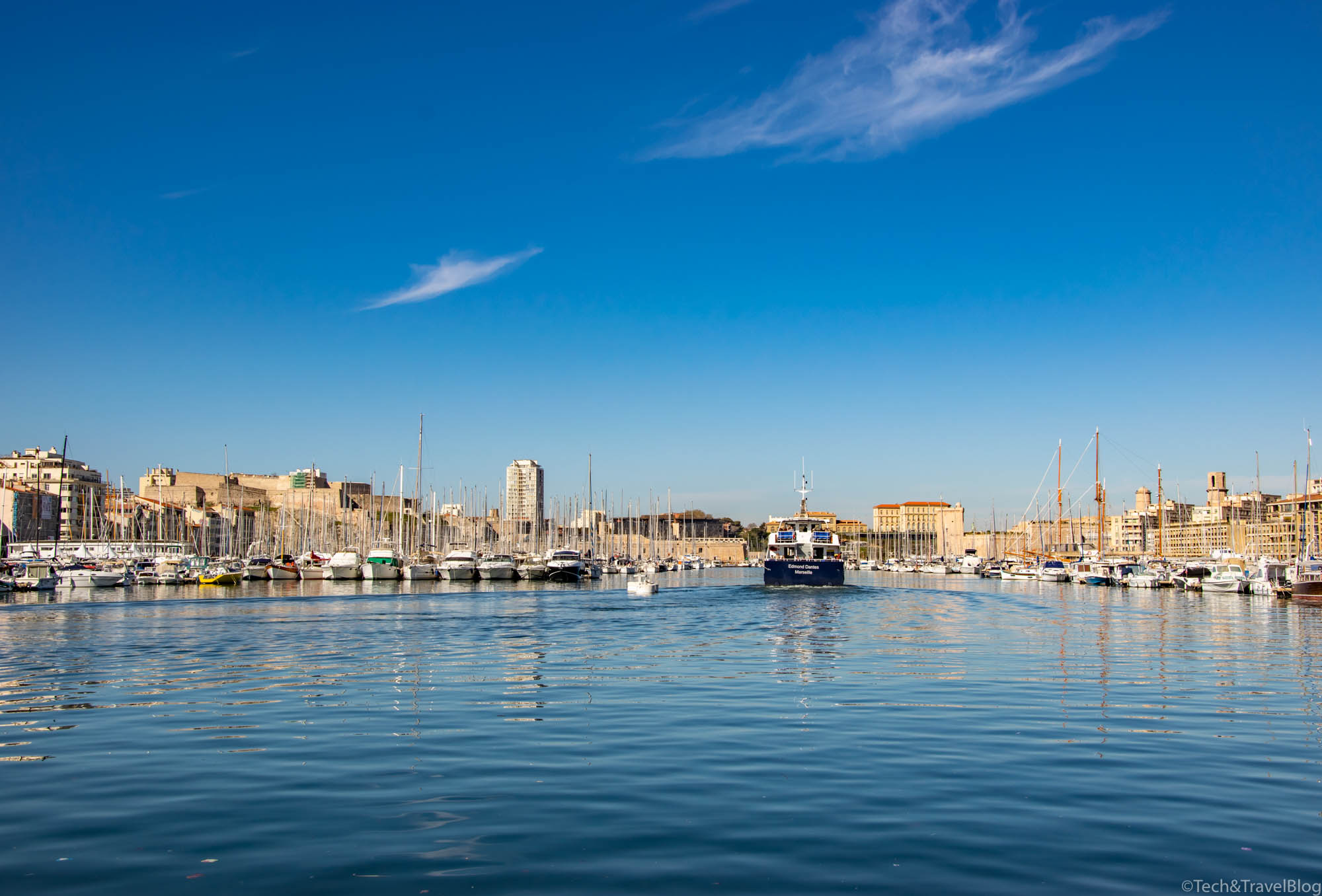
The city was founded by the Greeks 2600 years ago, the name Marseille comes from the Greek Massilia which means sacrifice.
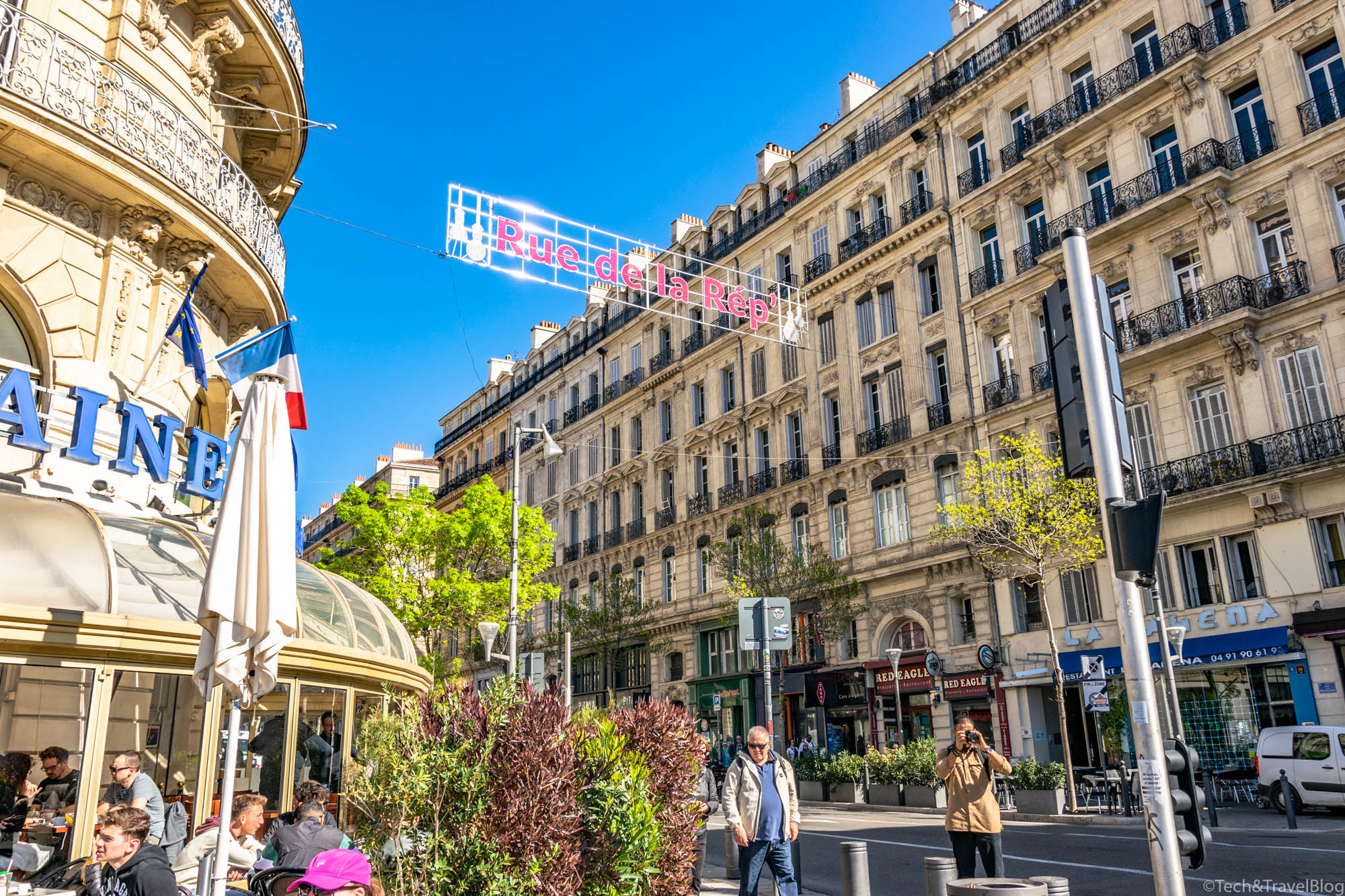
Being a multicultural city, you will meet a mixture of French, Arab, Italian, Spanish and Asian, restaurants of all kinds, terraces, shops, in conclusion a complex city that brings together such different elements, but which managed to form a whole and to live together.
What you can visit in Marseille
The Old Port (Vieux Port) is where the city began its port activity around 600 BC.
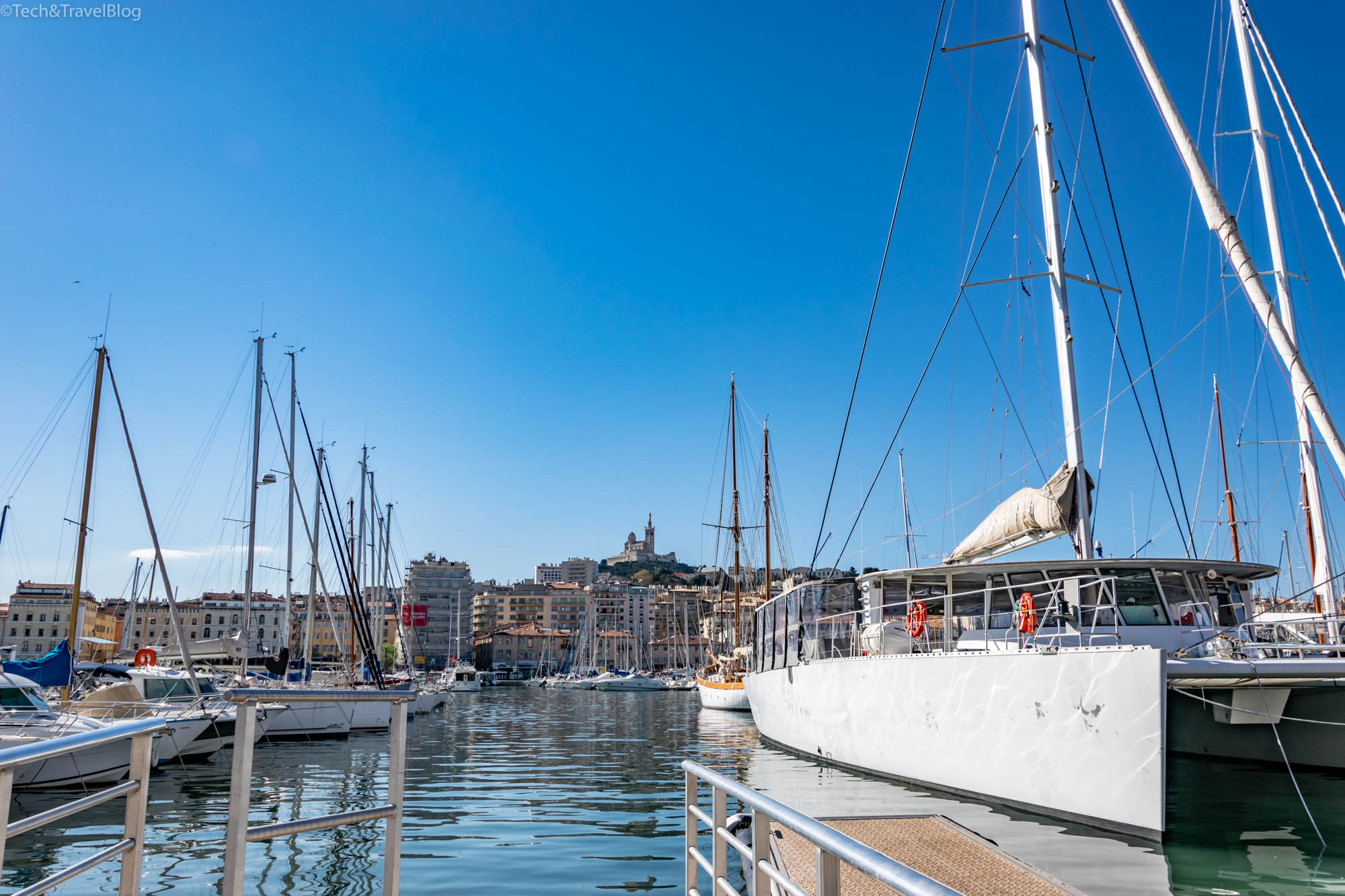
In Antiquity and the Middle Ages, the Greek city then called Massalia (then Massilia in Roman times) had built its city starting from this point. The harbor was surrounded by two forts: Fort Saint Nicolas and Fort Saint-Jean.
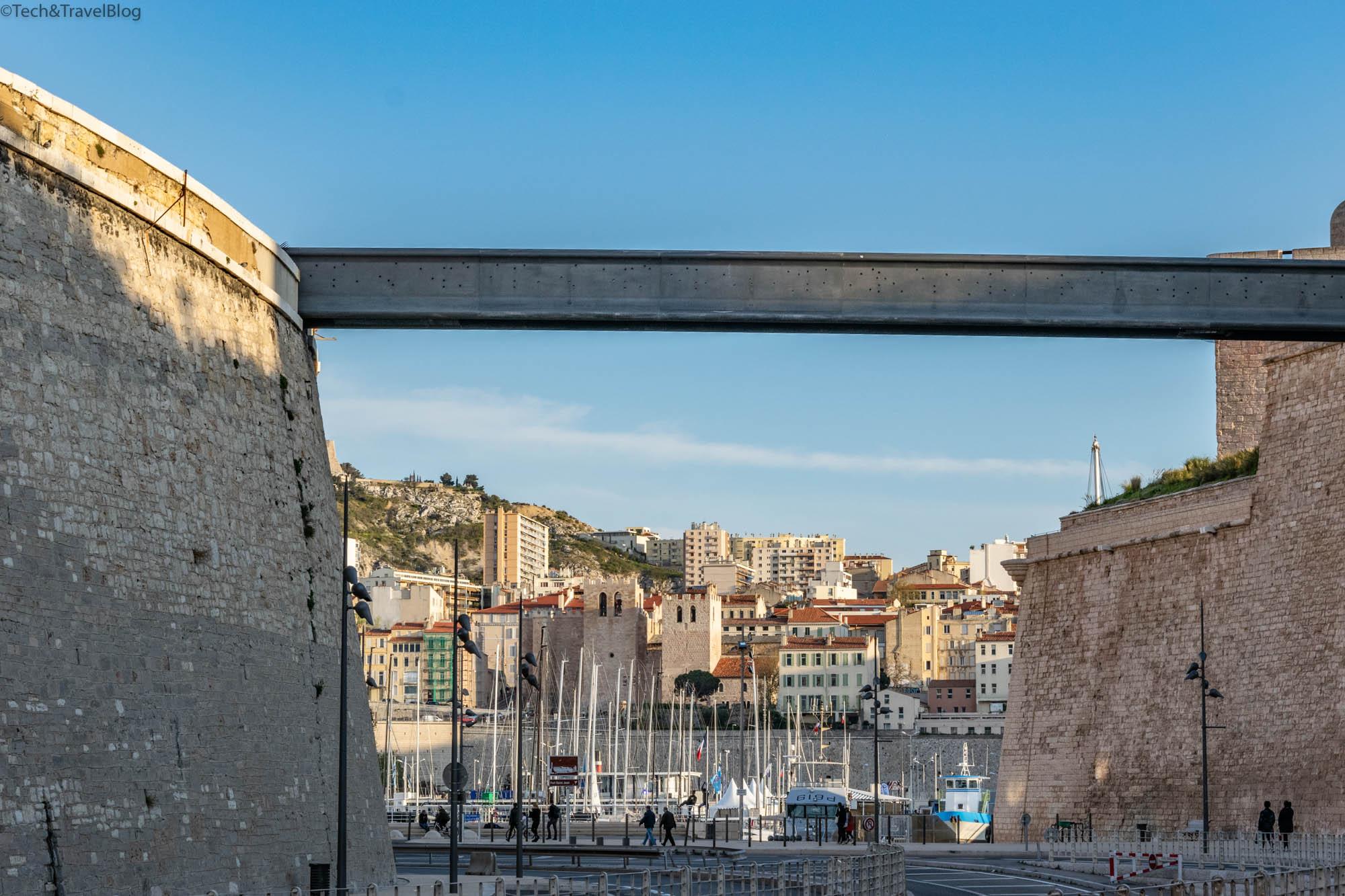
As the former economic center of Marseille, the Vieux Port is now mostly used by sports boats and fishing boats, but also the departure point for ferries to Château d’If and the Calanques National Park.
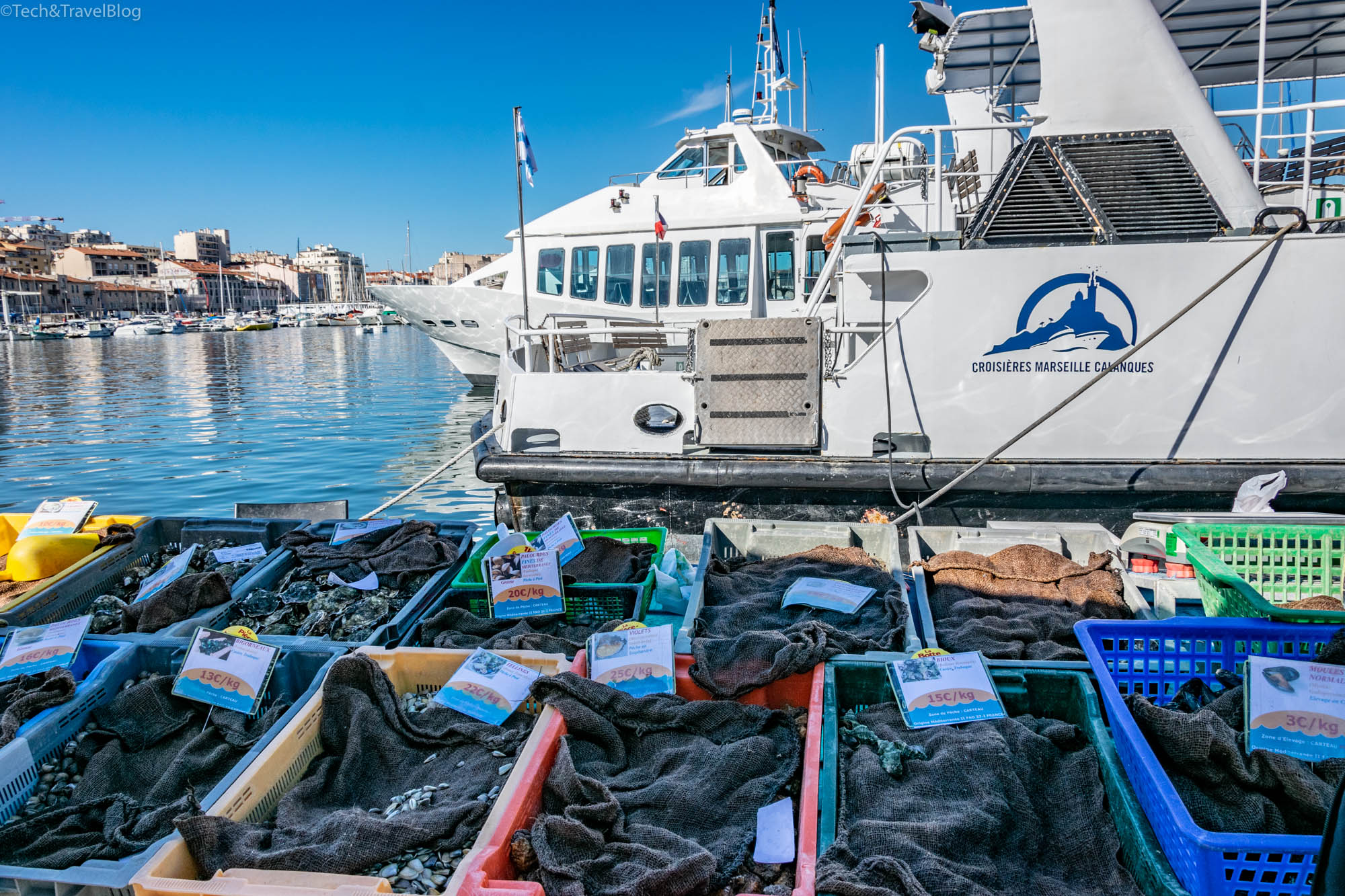
In the morning the port is full of fishermen selling fresh fish and seafood, but also stalls with soaps (Marseille being a city known for soap production), lavender or decorative items.
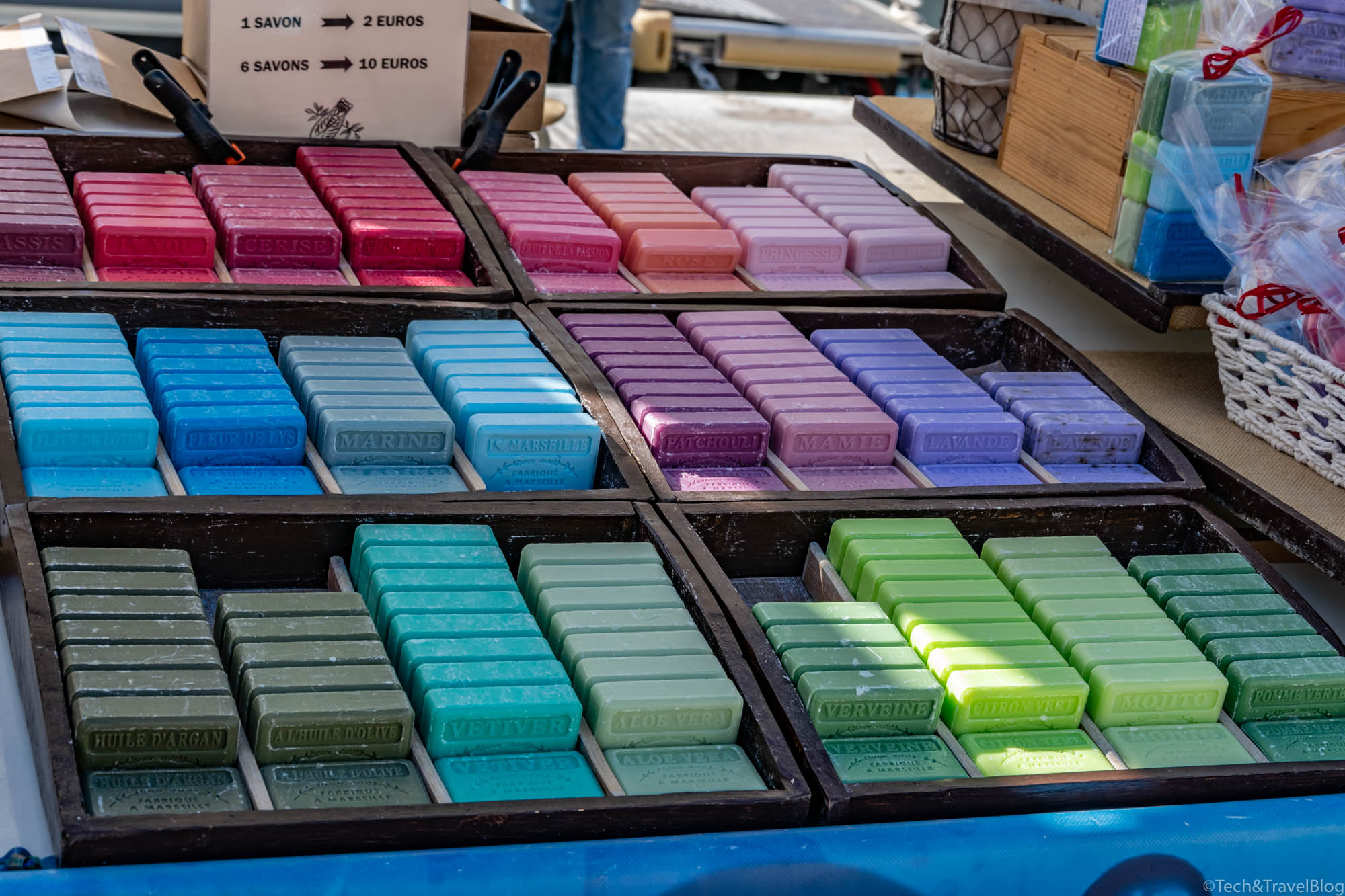
Above the old port is the Le Panier district – the historic center and oldest district of Marseille, established by the Greek colonies in 600 BC. The narrow streets lead us through time-worn buildings, few of which have been renovated.
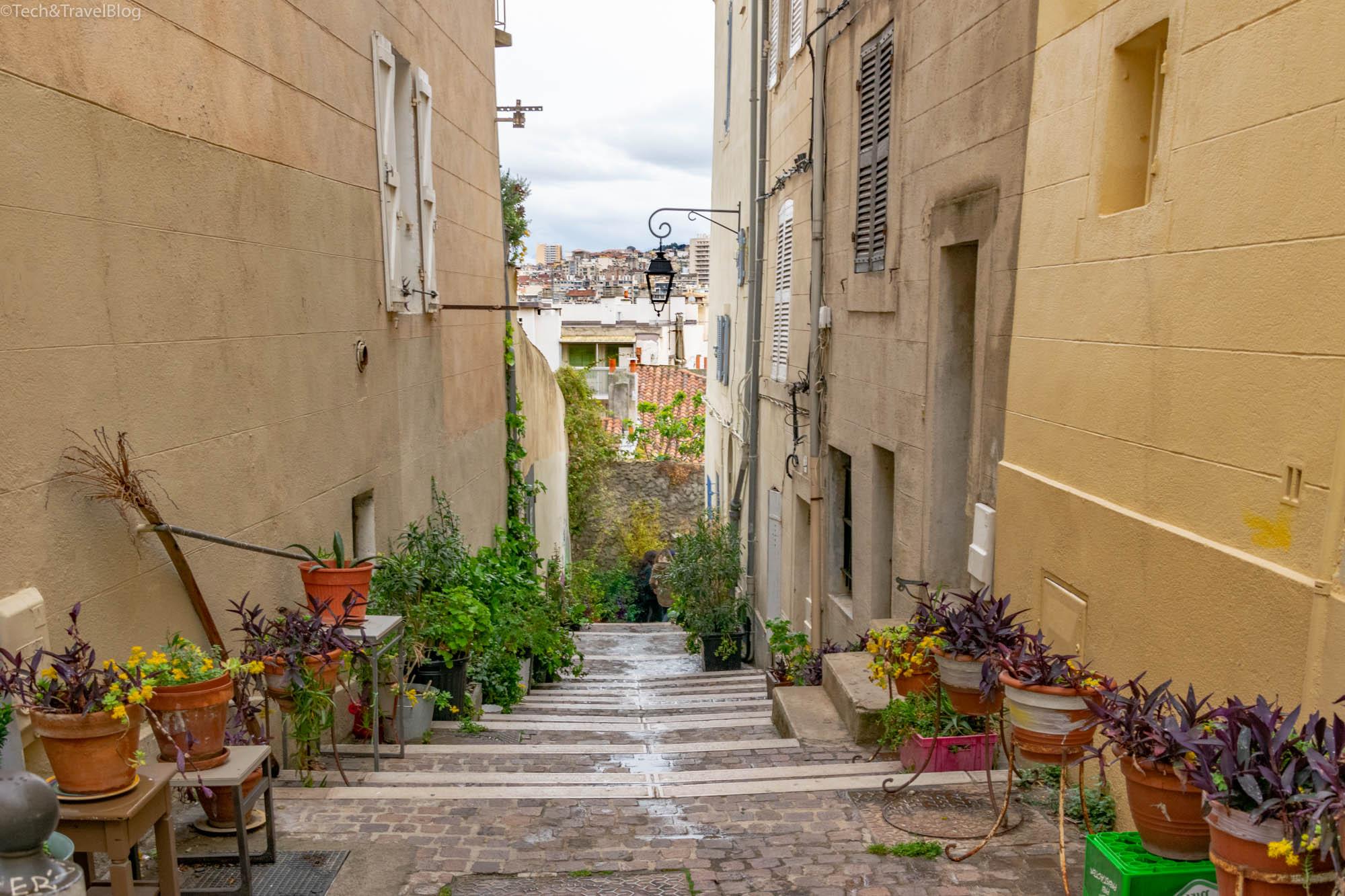
Pastel-colored houses with brightly colored shutters and flowers lend a picturesque air to the neighborhood.
The Île d’If houses the fort built in the 16th century, when King François I realized the strategic importance of this place to defend Marseille.
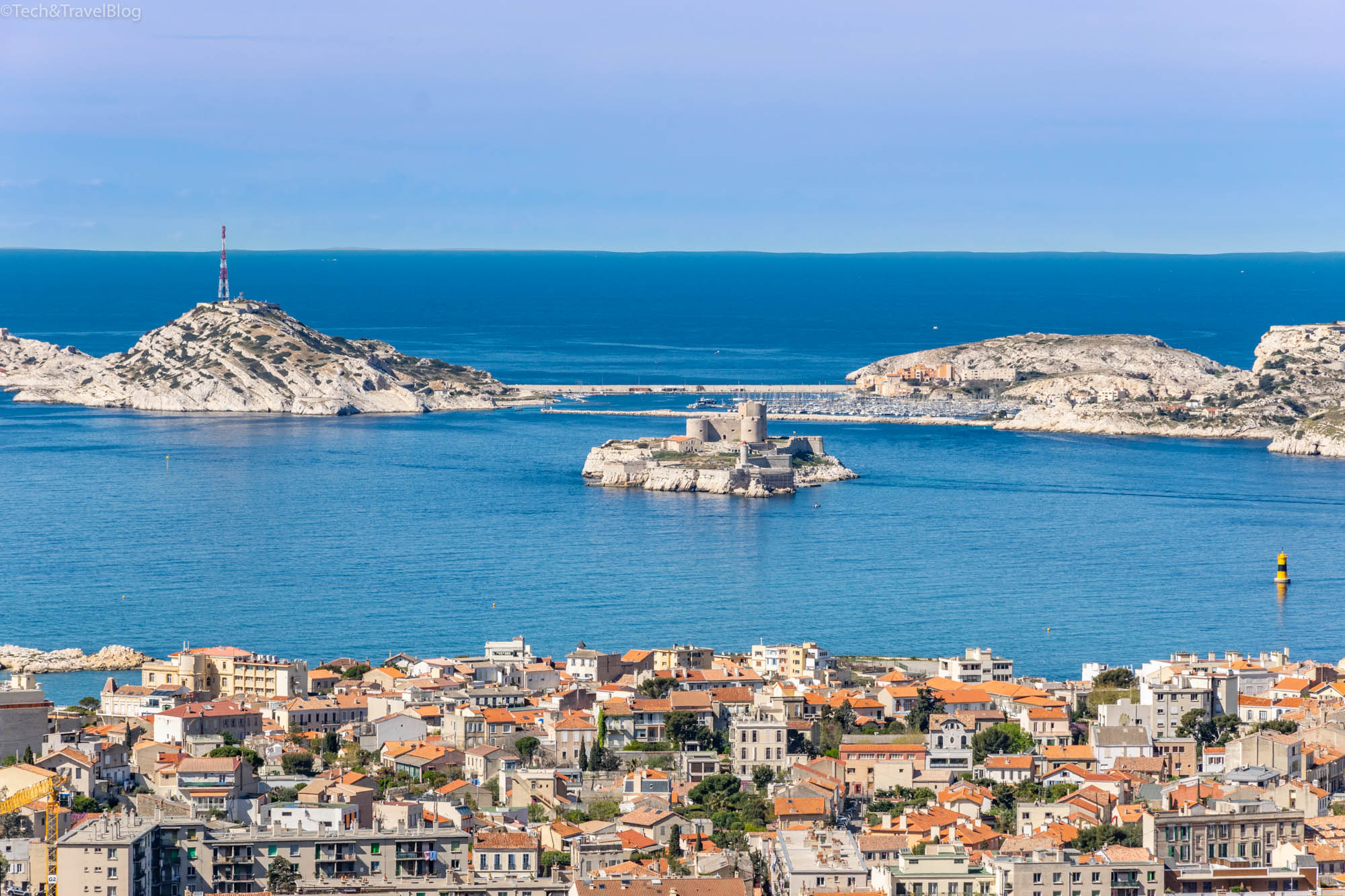
Not having seen any major battles, the fort was later turned into a prison for protesters and anti-monarchists.
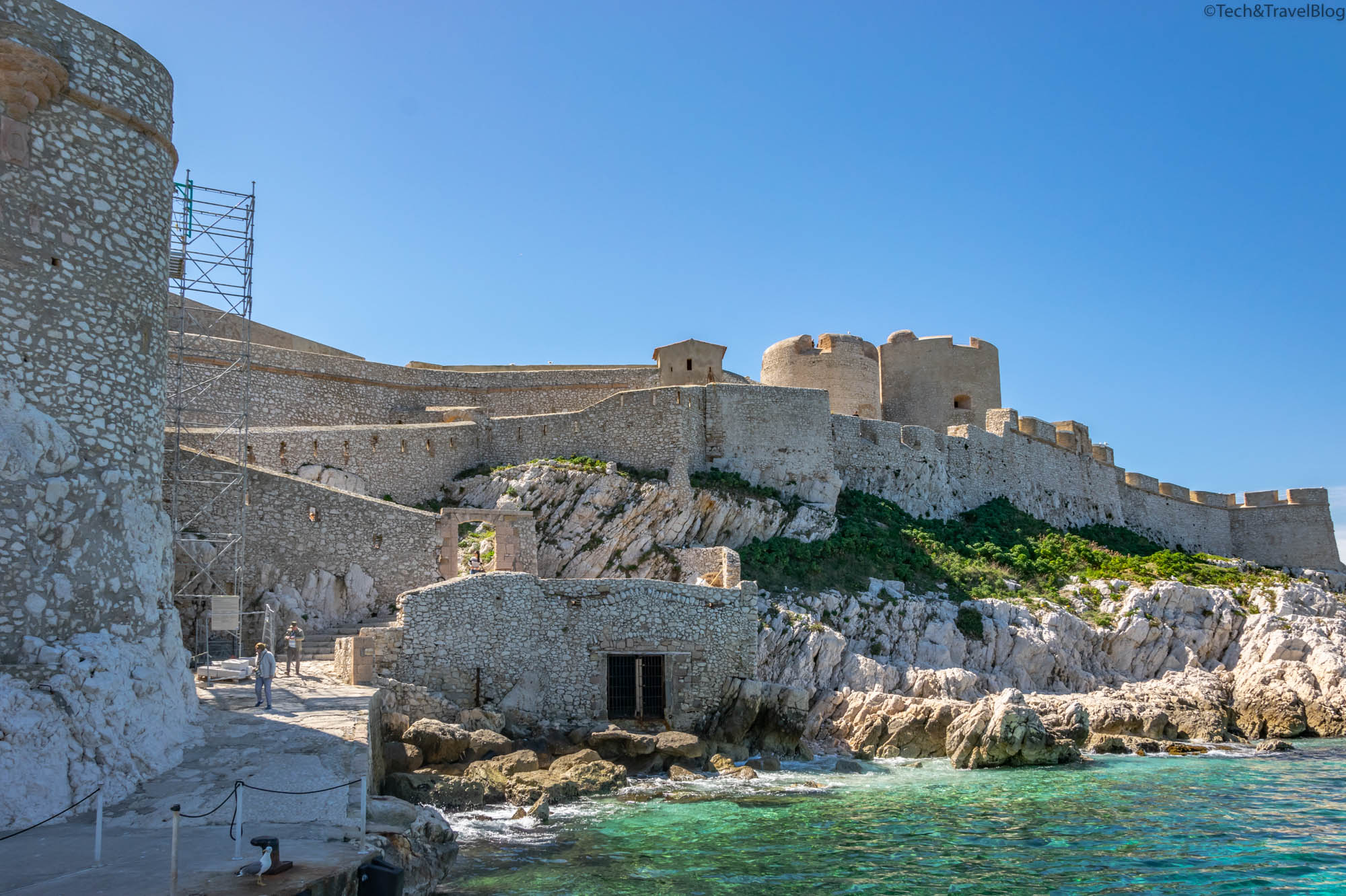
If Castle remained a prison until the end of the 19th century, before being classified as a protected monument in 1926. The place is also famous for its presence in Alexandre Dumas‘ novel – The Count of Monte Cristo – in which Edmond Dantes was unjustly imprisoned for 14 years, and after escaping he became the Count of Monte Cristo and took revenge on his accusers.
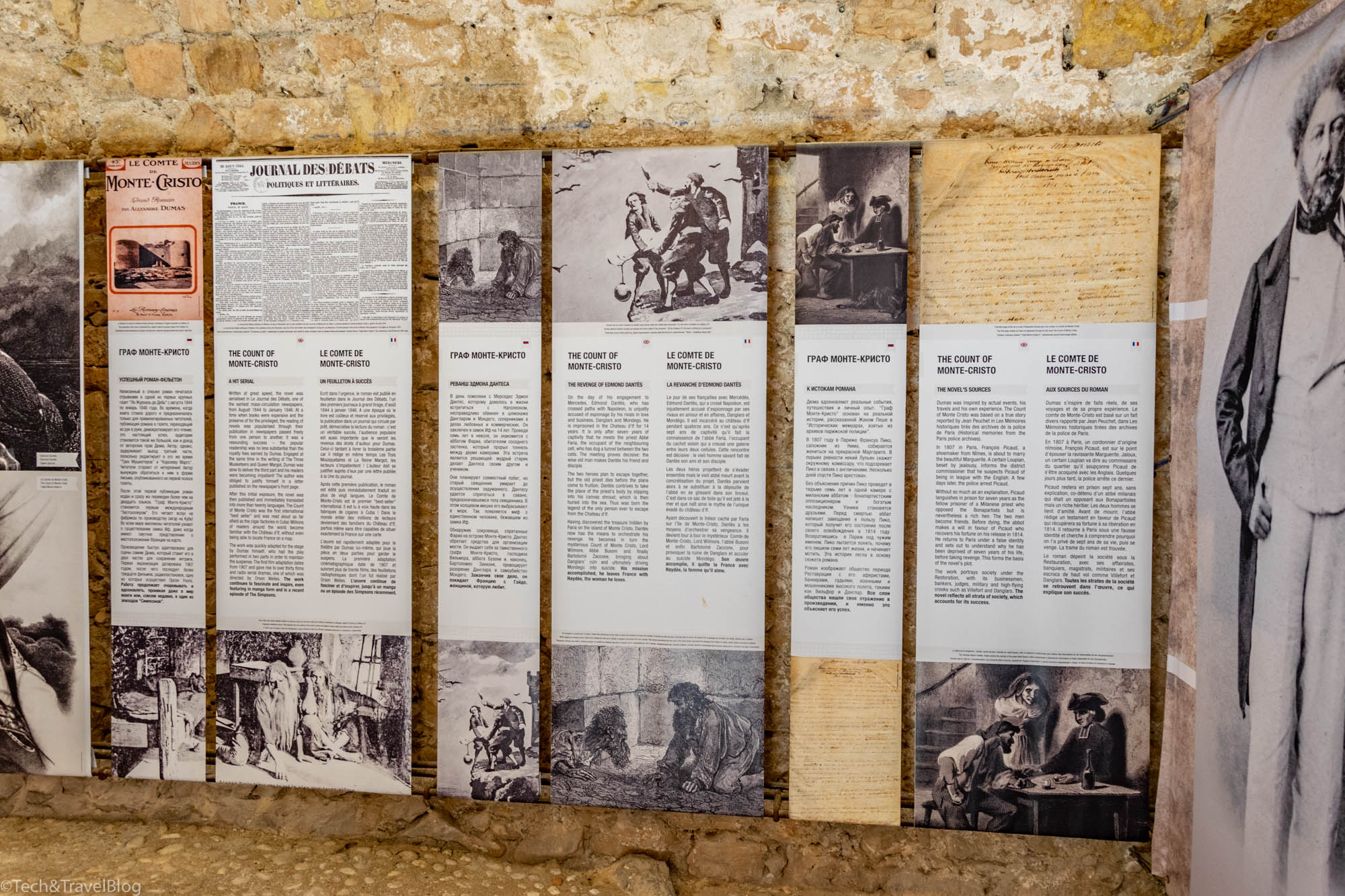
The price of an entrance ticket is €6. For young people from Europe up to the age of 26, entry is free. The island can be reached by ferry, which takes around 30 minutes and costs €10.8/person/round trip.
Basilique Notre-Dame de la Garde was raised on a hill, at the highest point of the city (La Garde hill – 154 meters).
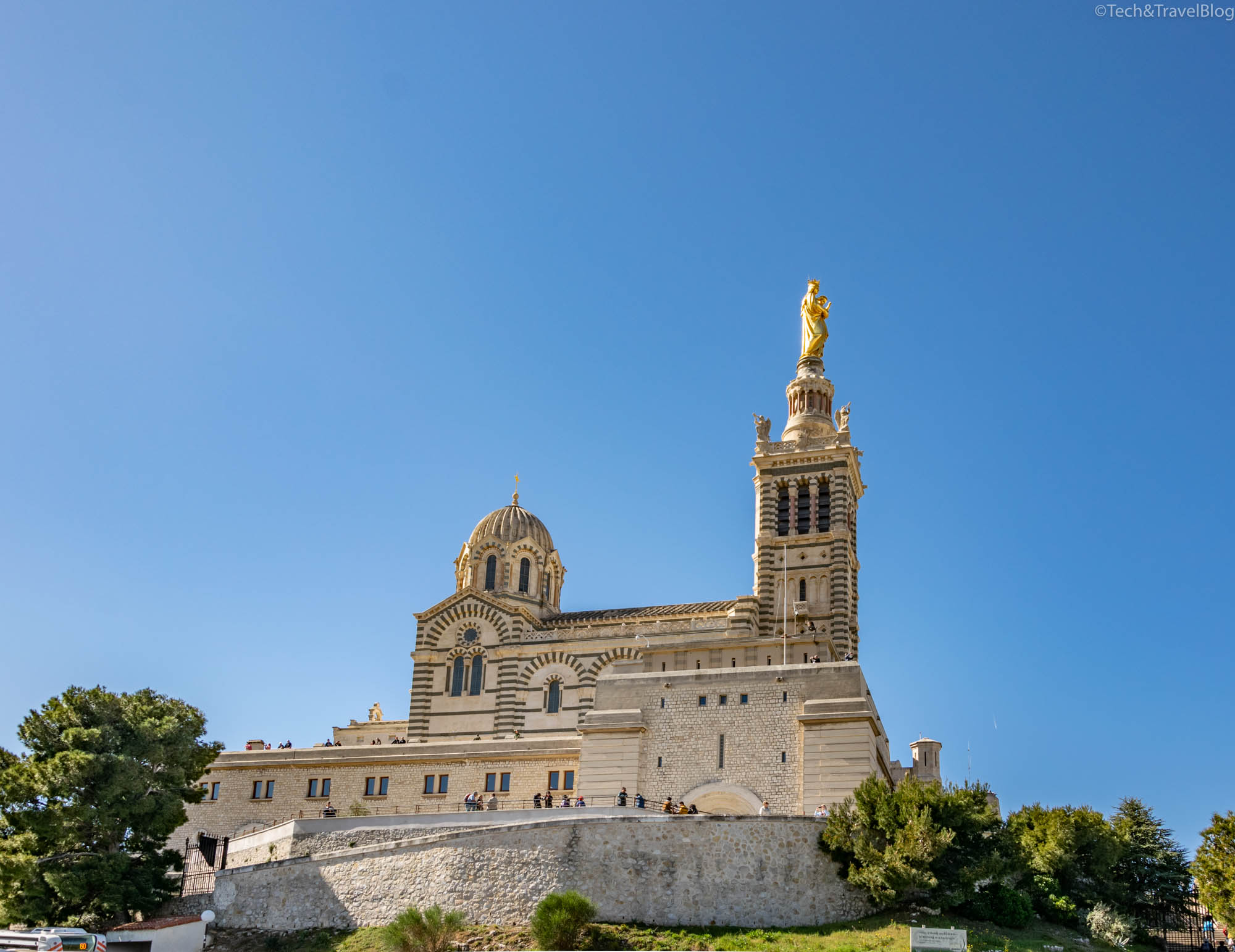
Built between 1853-1864, the cathedral has an opulent neo-Byzantine style interior with a distinctive design.
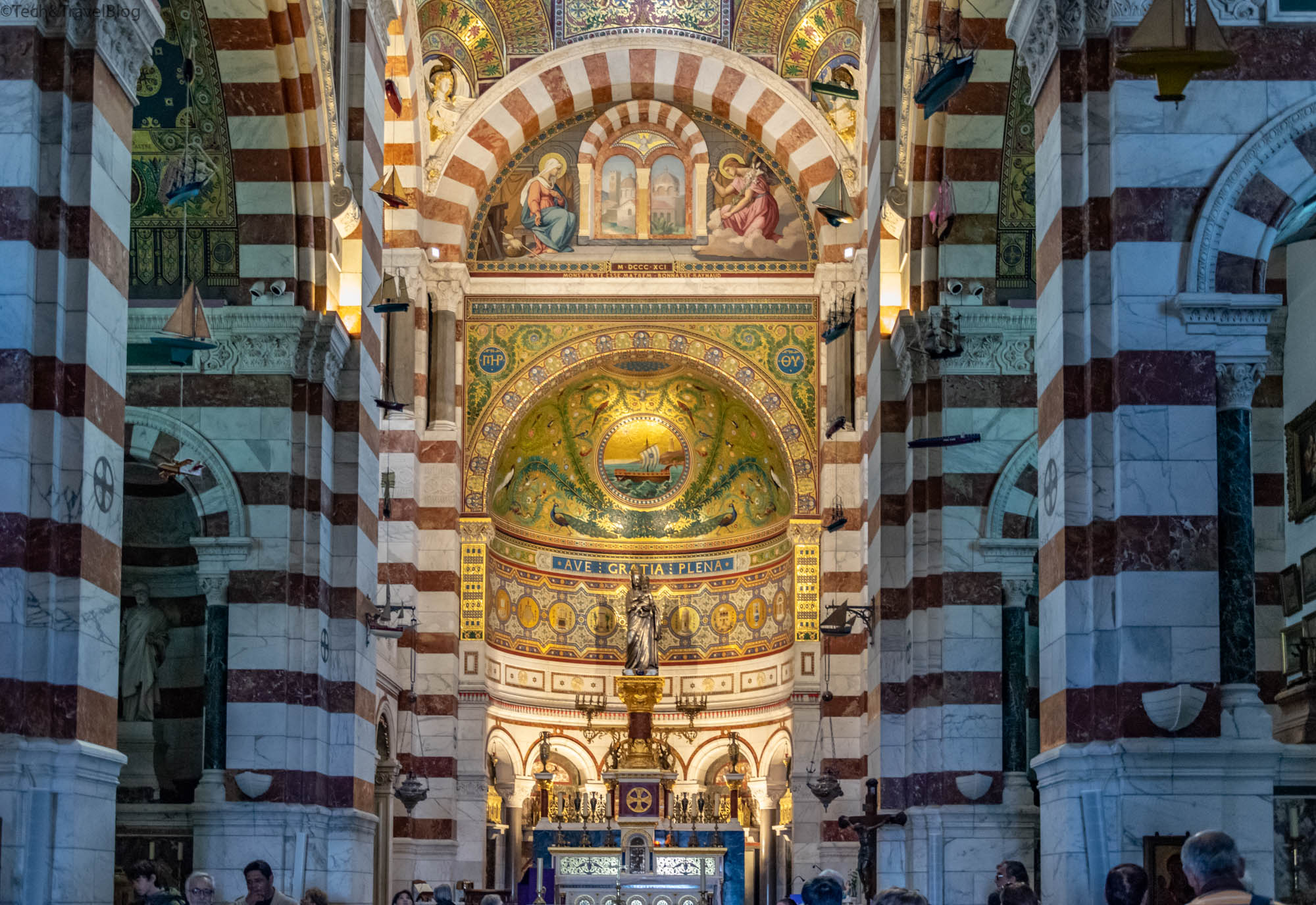
The terrace in front of the church offers a wonderful panorama of the whole city, up to the old port and the Friul Islands.
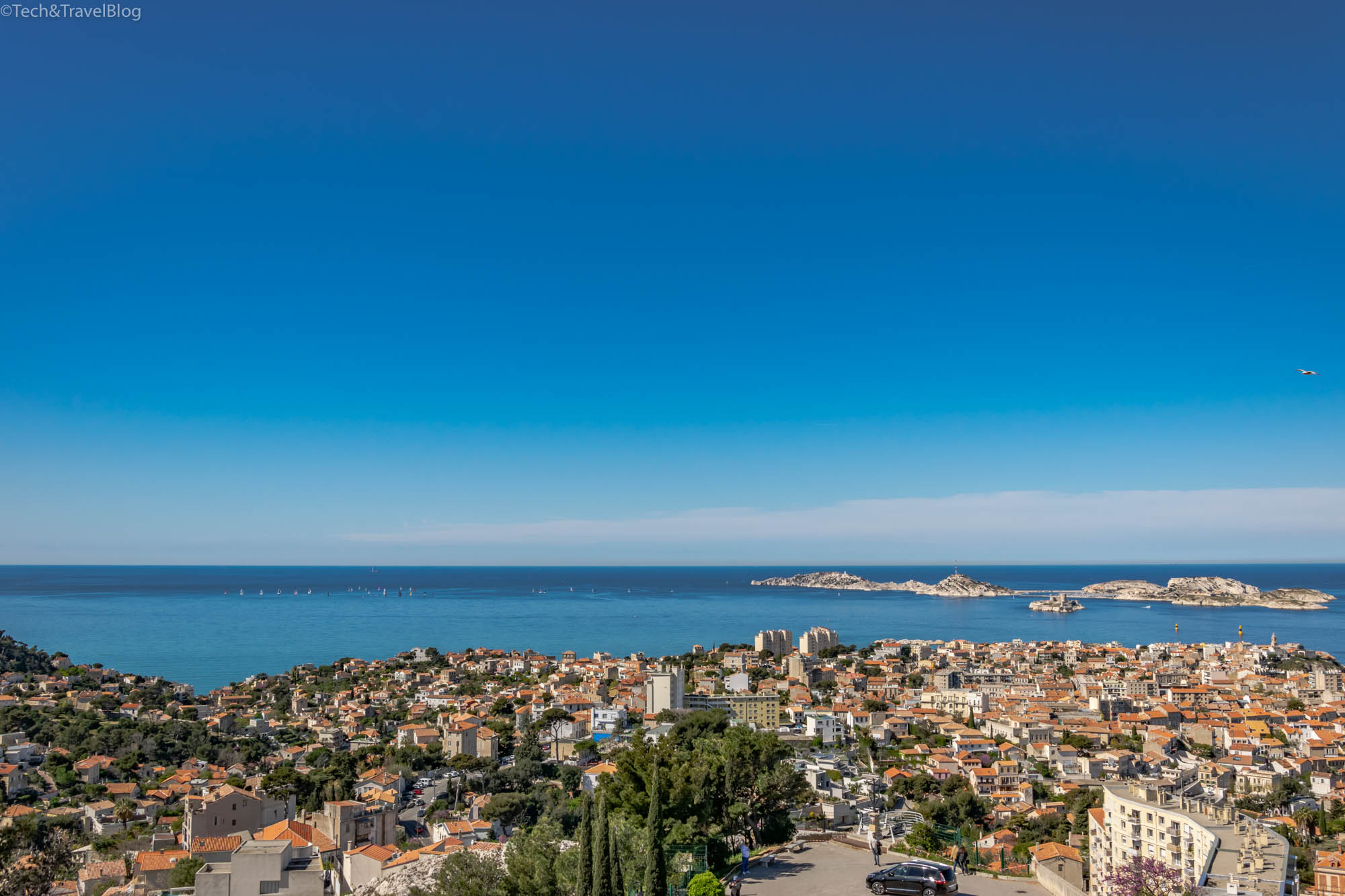
The basilica is 1 km from the Vieux Port and can be reached by bus 60 or the tourist train.
The Cathedral of Major is in a picturesque location of the city and combines the Byzantine and Romanesque styles in a harmonious way, being the largest church built in the 19th century.
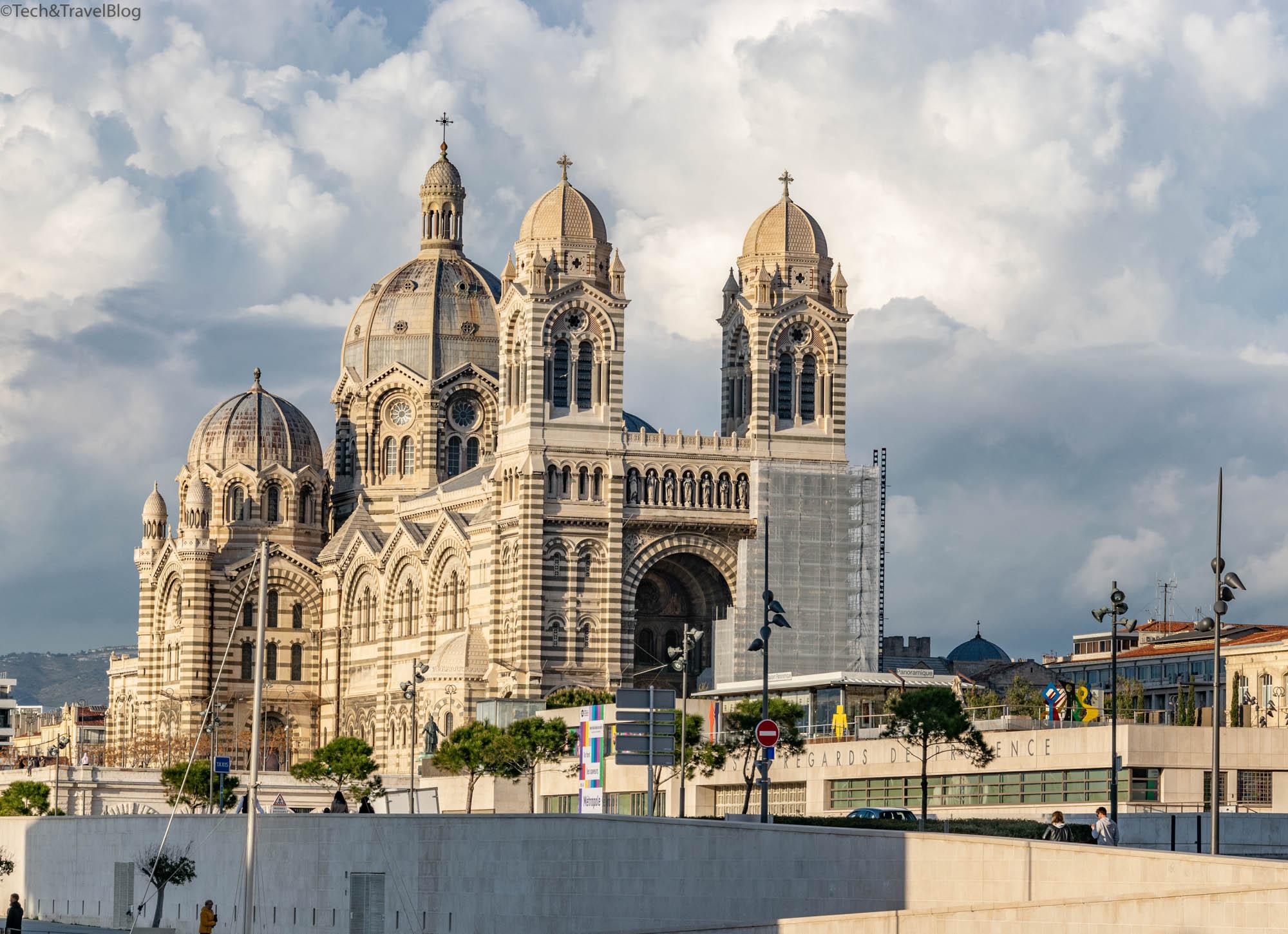
The cathedral can be reached in a few minutes on foot from the old port or you can take the bus.
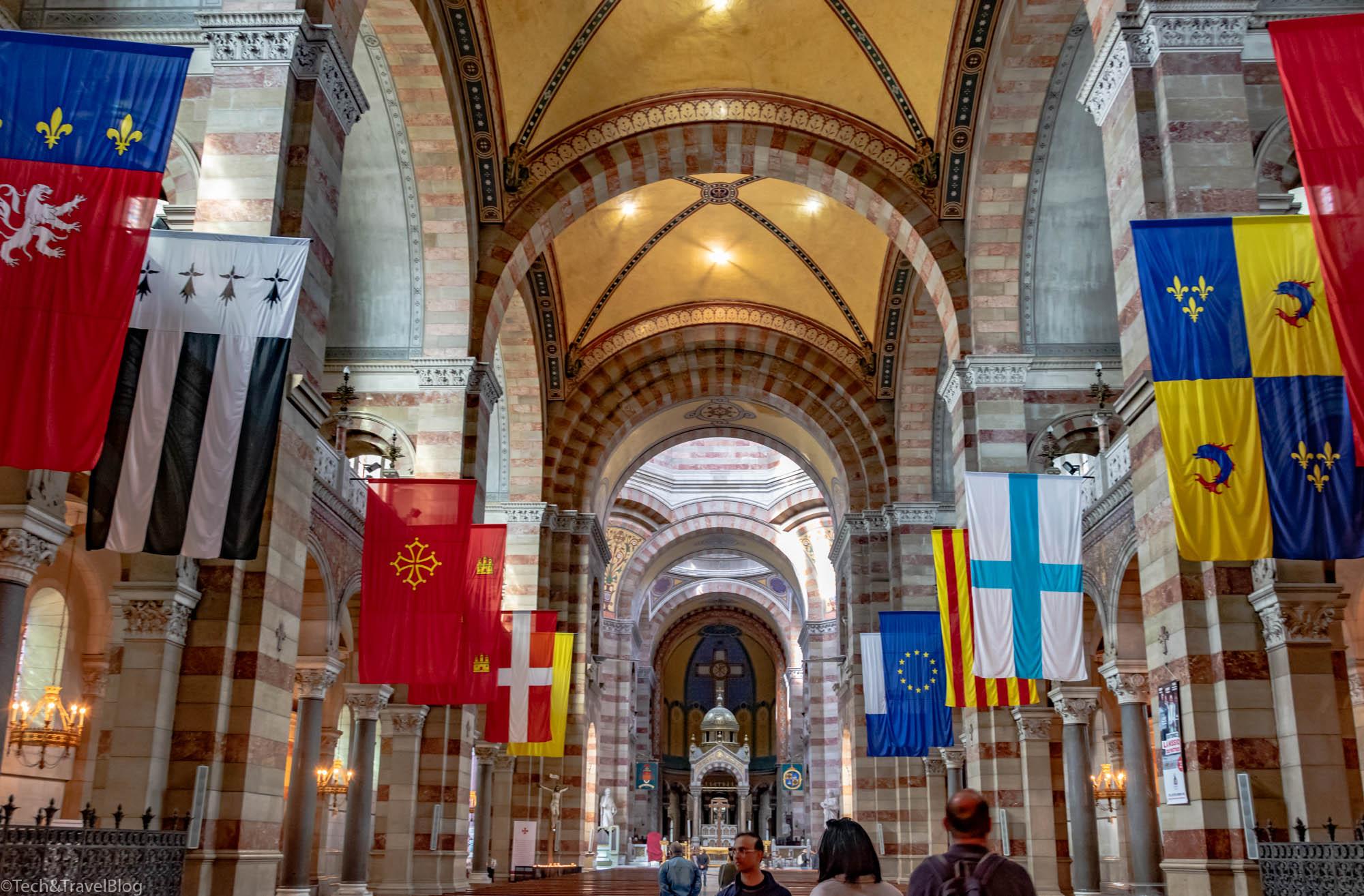
Admission is free, but it‘s closed on Mondays.
The Longchamp Palace and Park are located in the heart of the city, housing the Museum of Art and the Museum of Natural History.
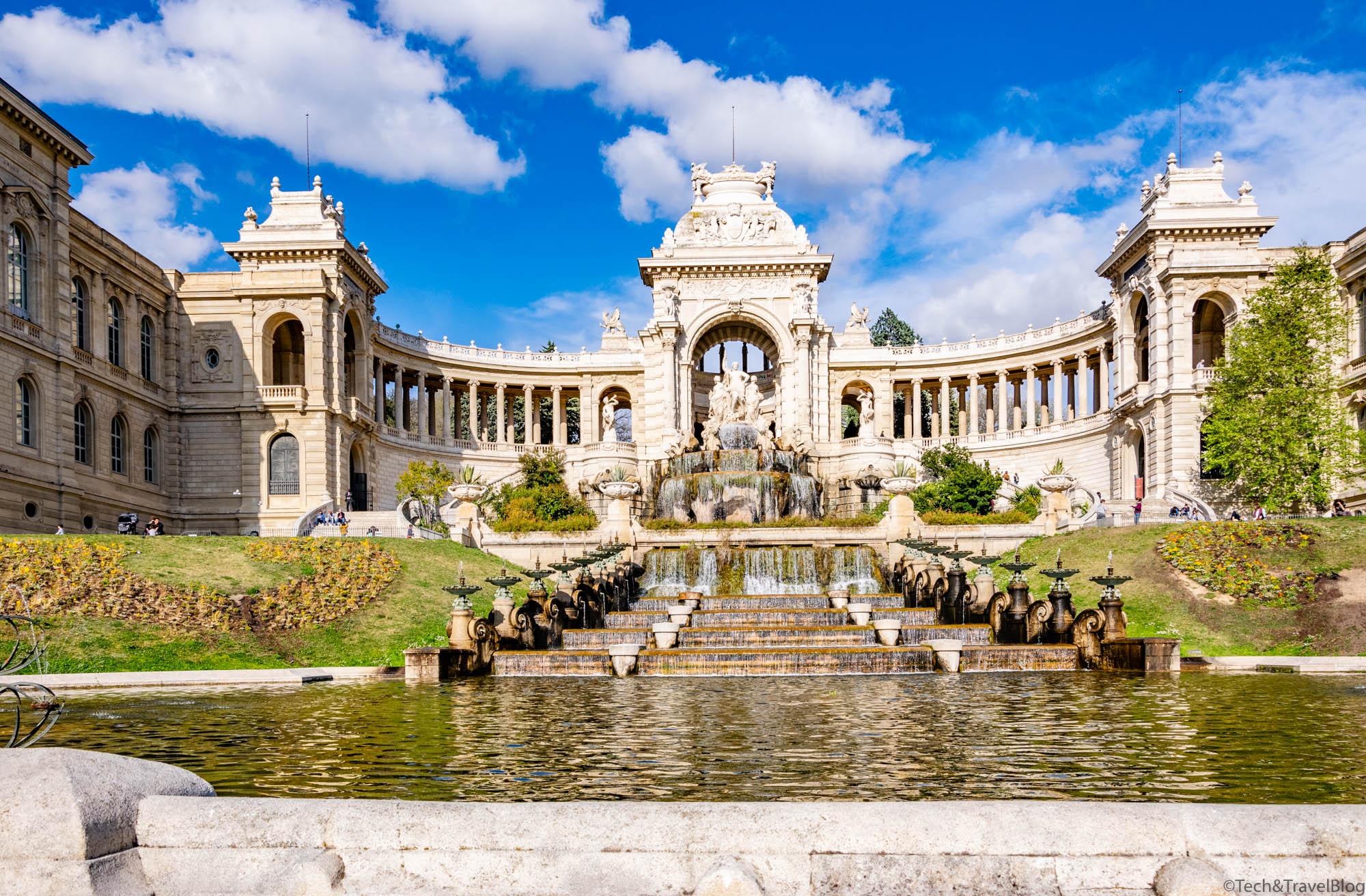
The building was built to celebrate the completion of the Marseille Canal made to bring water from the Durance River to the city. Longchamp Park, opened in 1869, is listed by the French Ministry of Culture as one of the country’s most important gardens.
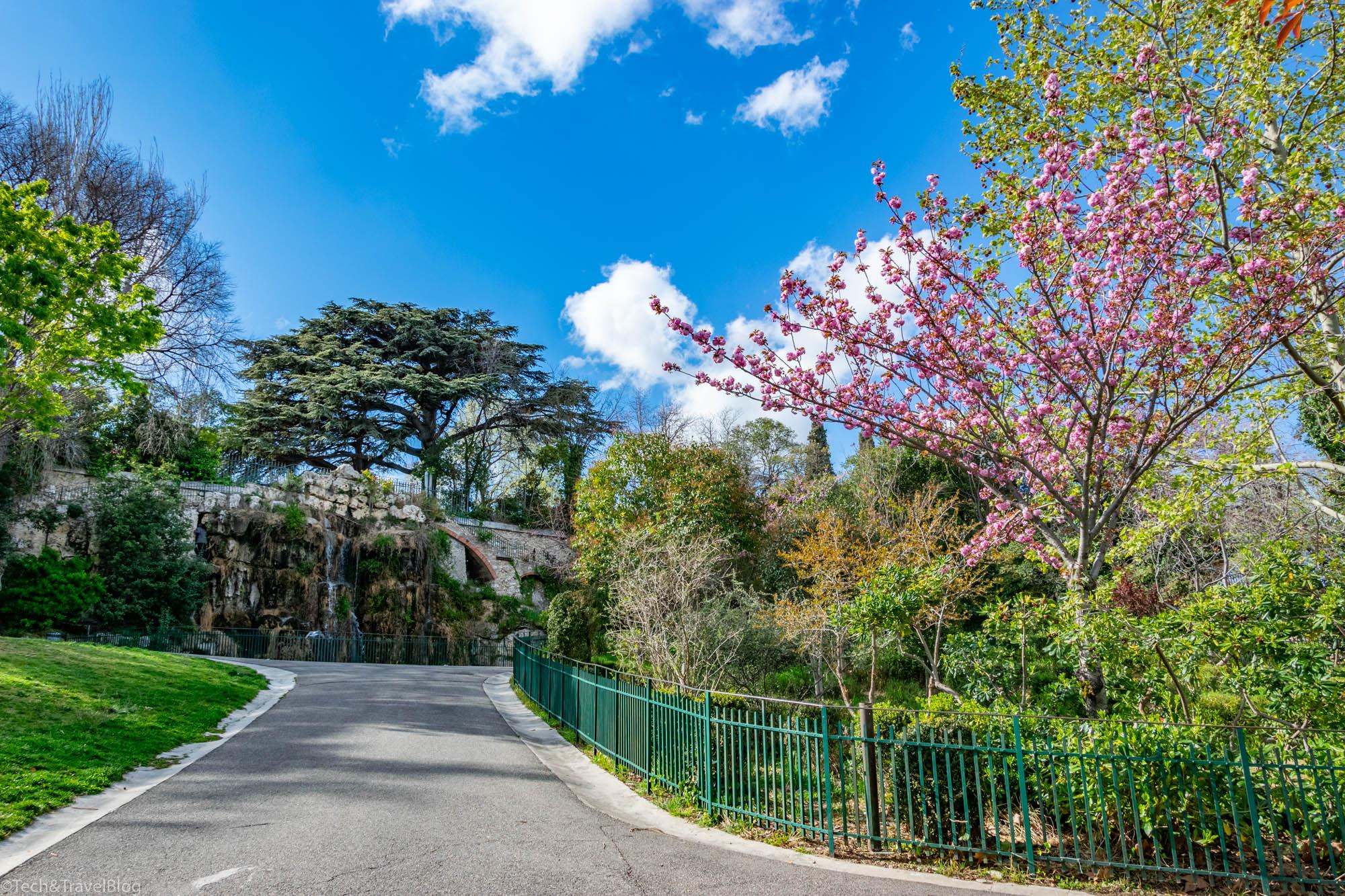
The details of the building, the fountain and the park provide a stunning landscape where you can spend a relaxing afternoon.
The beaches of Marseille. If you are planning a summer holiday in Marseille don’t forget your bathing suit.
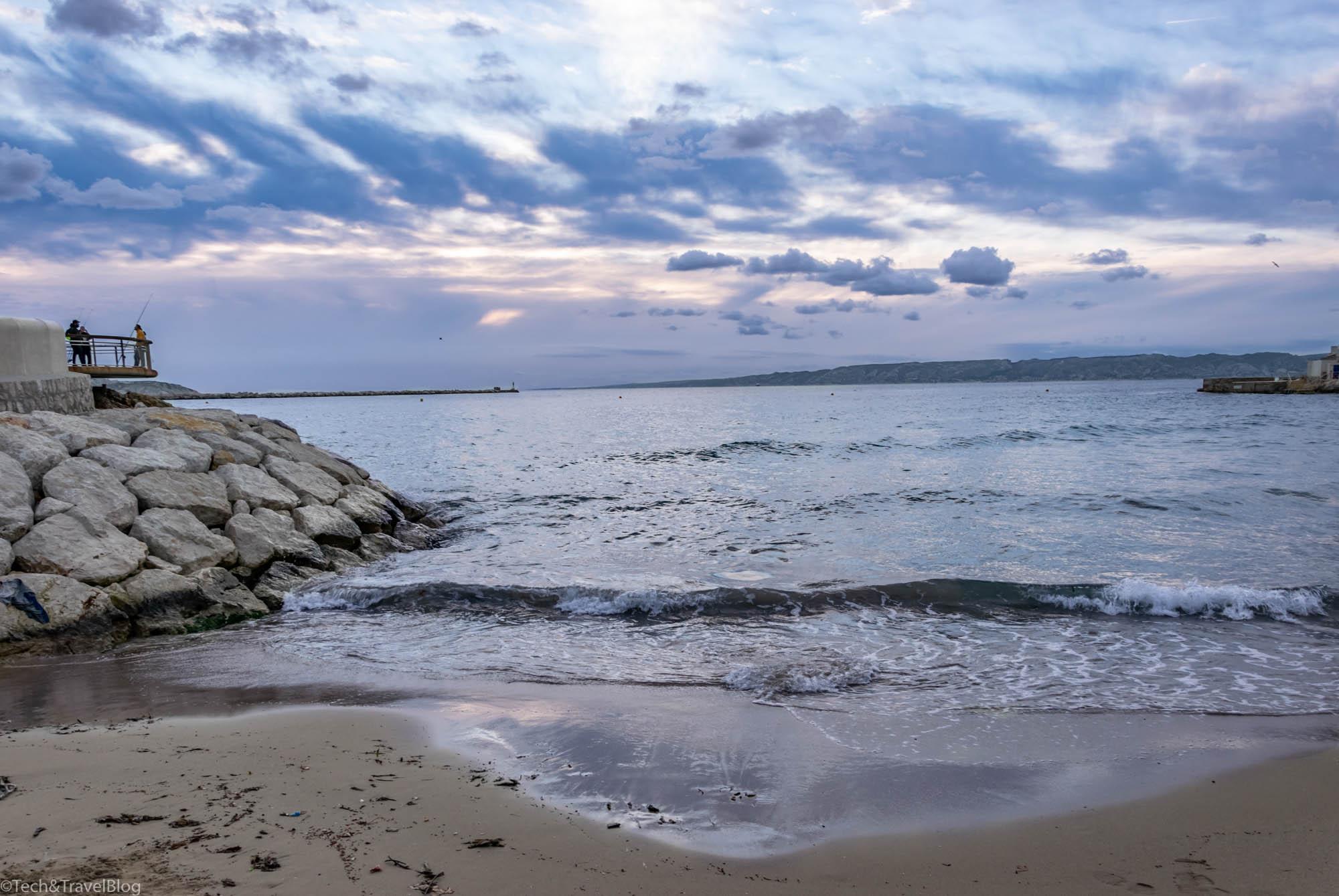
You can enjoy one of the city’s extensive beaches, most of which are perfect for families with children, as the depth of the sea is shallow and children can play freely. In addition, there are courts or specially designed places for volleyball, soccer, surfing and many other sports activities. Let’s not forget the beautiful landscapes offered by the Mediterranean Sea which frequently changes its color, sometimes being turquoise, sometimes dark blue.
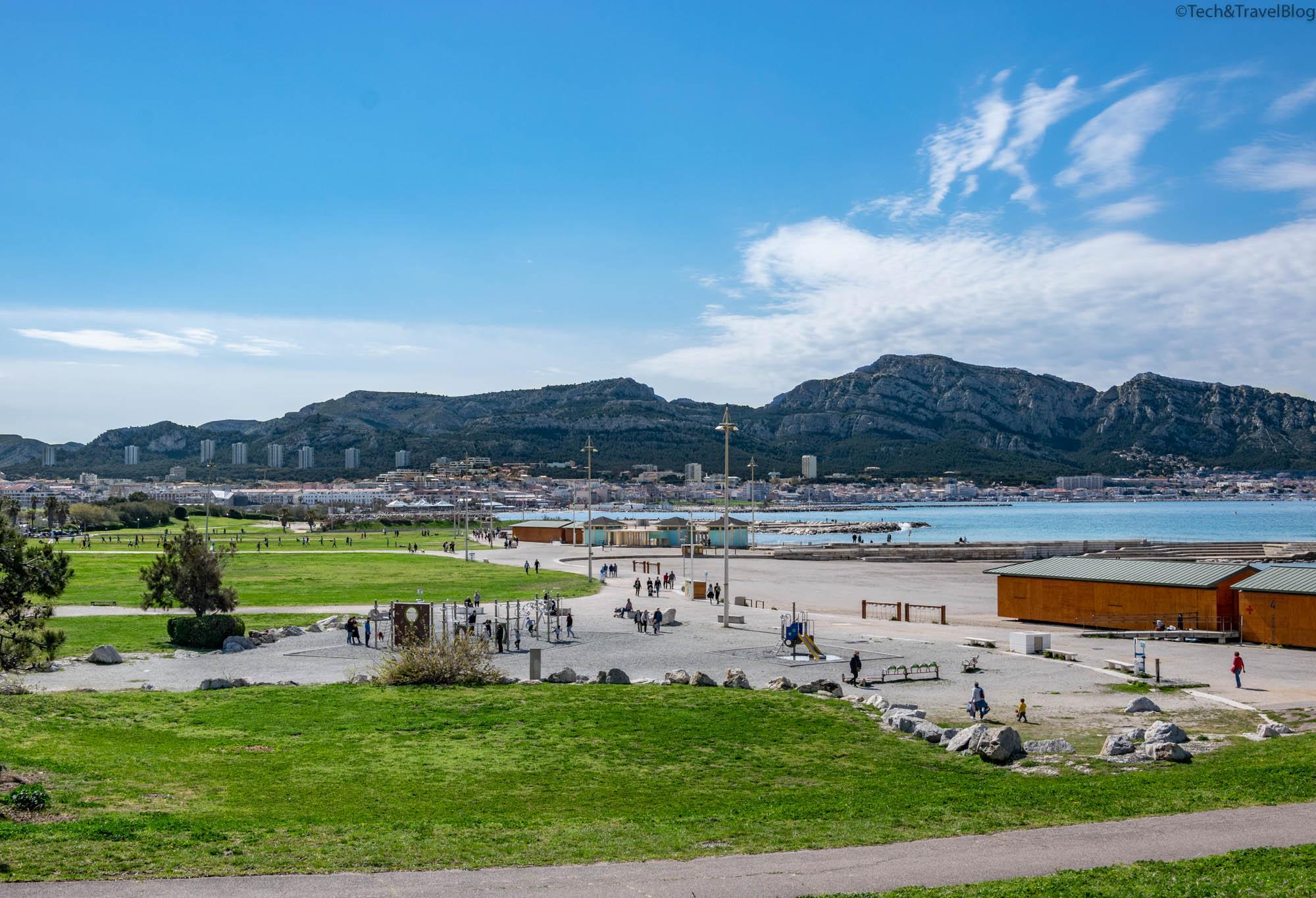
Of course you can find terraces, bars or restaurants on the beach in case you get hungry or just want to enjoy a refreshing drink. Regarding transport, we advise you to use public transport or take a walk.
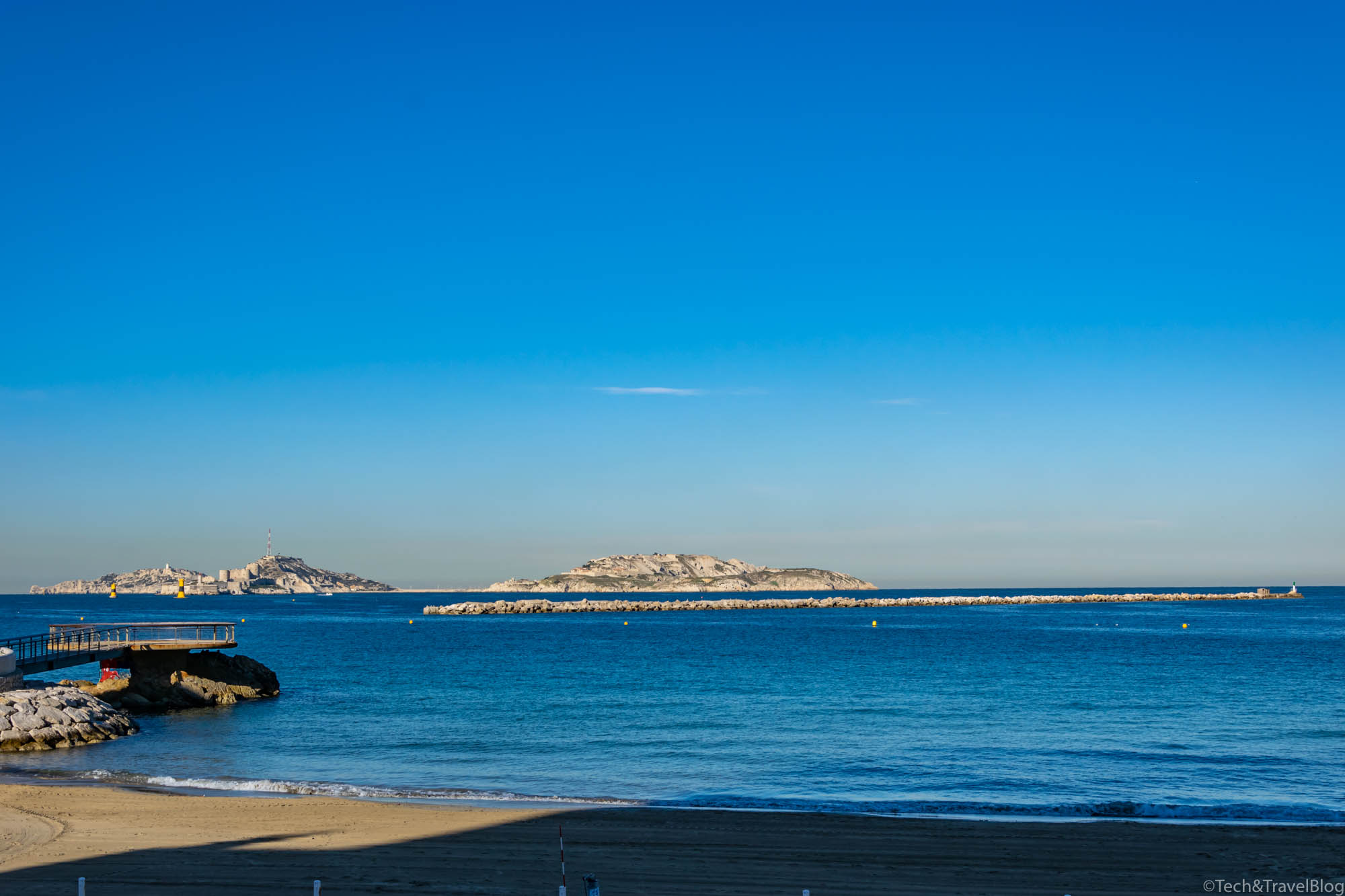
The beaches are very easy to get to, and if you rent a car you risk being stuck in traffic for a long time (Marseille is a quite crowded city with narrow streets) or not finding a parking space.
Borely Park is the perfect choice for a relaxing afternoon.
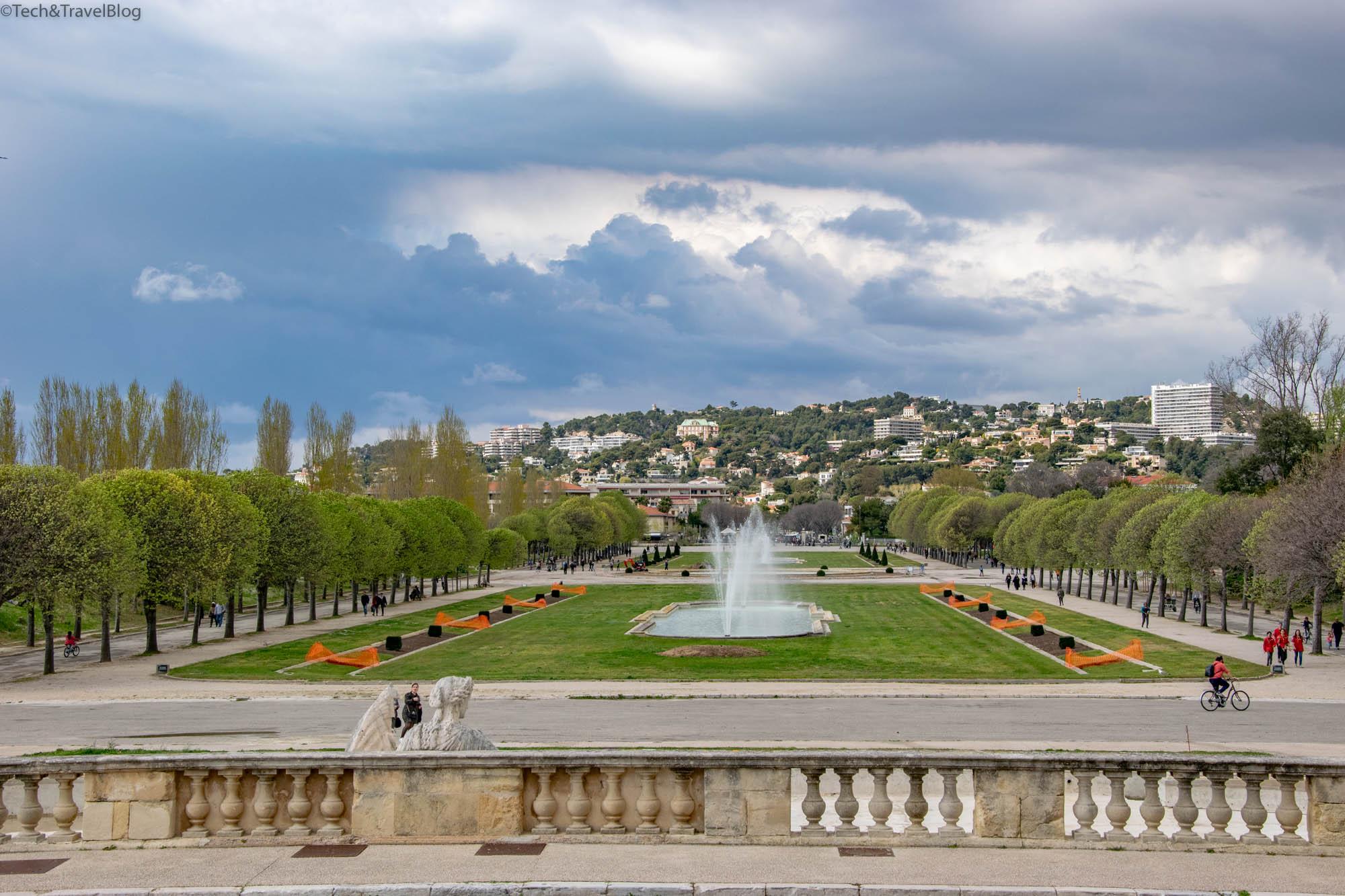
It is located near the shore and covers about 17 hectares, including fountains, children’s playgrounds, small waterfalls and a lake.
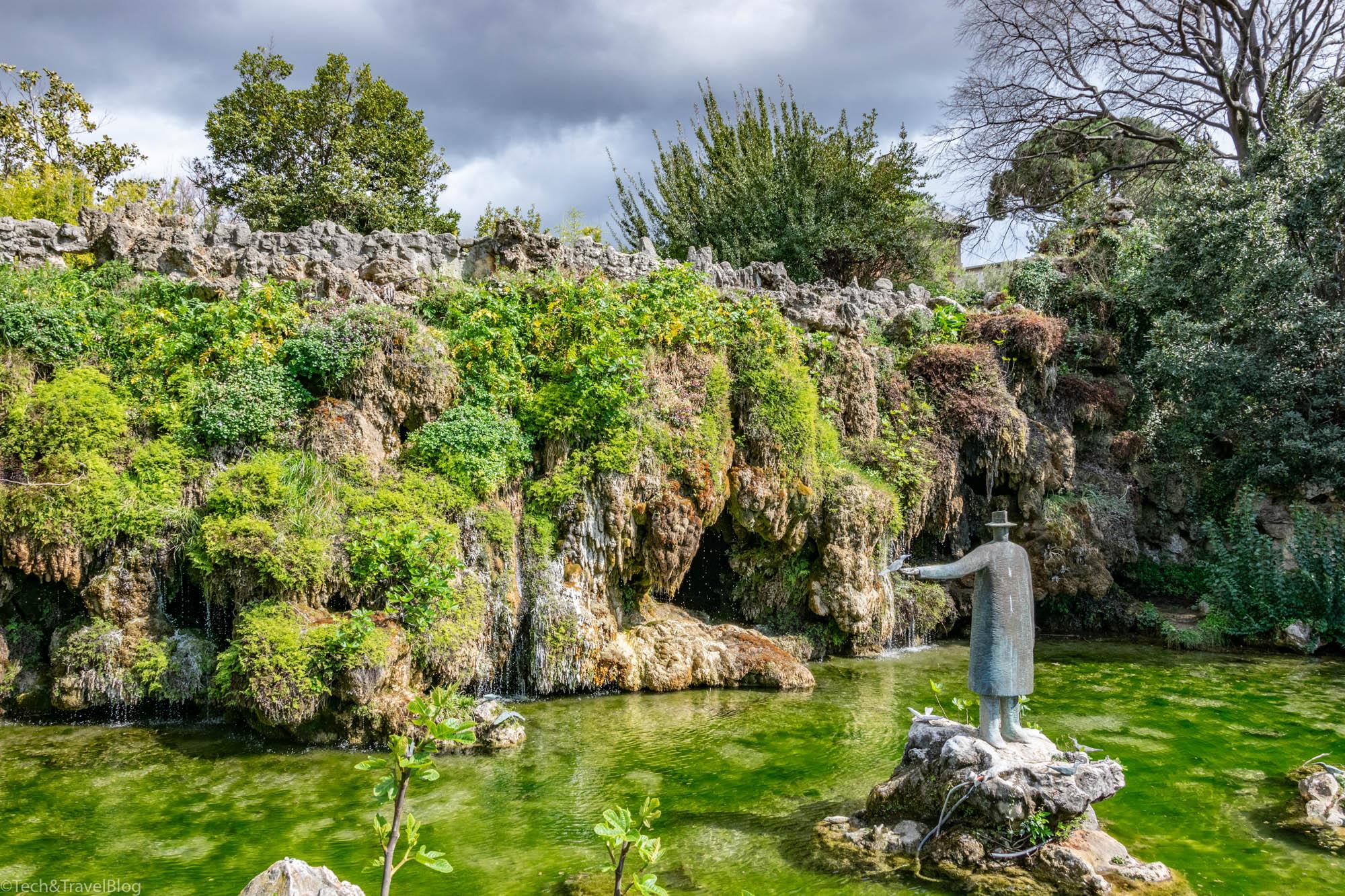
La porte de L’orient – Monument aux Armées d’Afrique was created in 1924 as a tribute to the soldiers and sailors who died in the east and in distant countries.
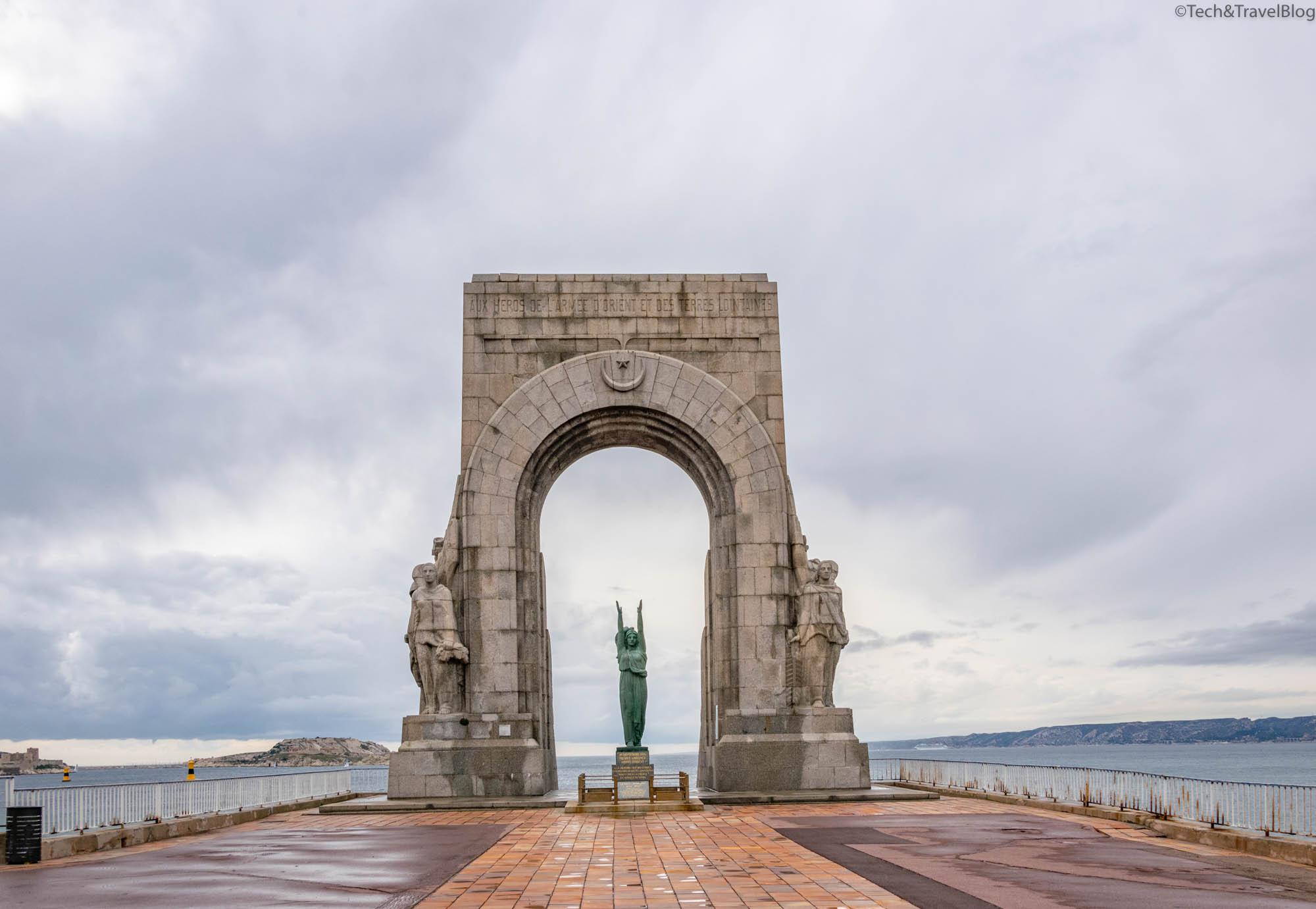
Fort Saint Jean is at the entrance to the old port, and currently houses the European Museum of Mediterranean Civilizations.
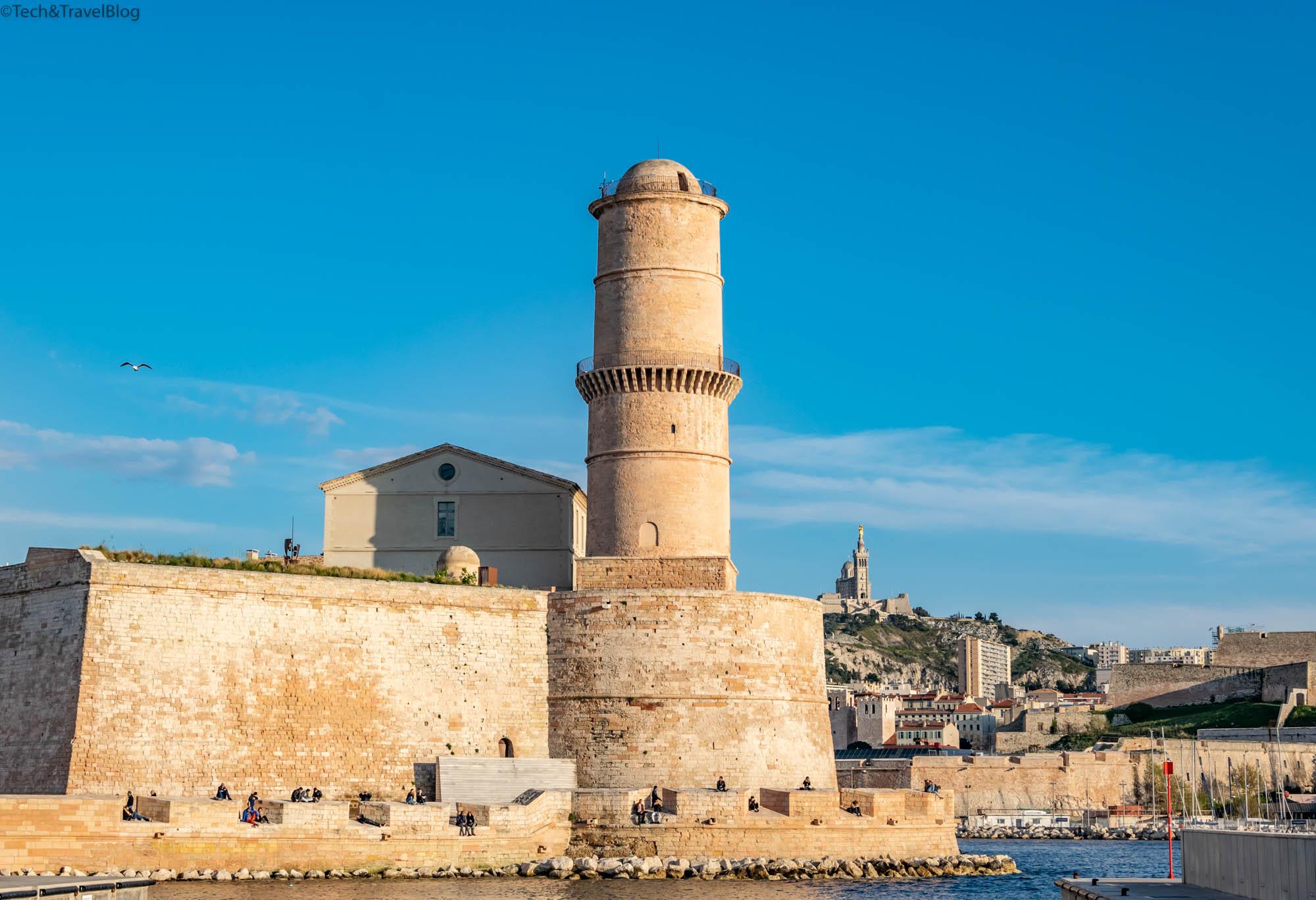
The fortification was erected in 1660 to symbolize the entrance to the port.
Even though Marseille is quite a busy city, we were pleasantly impressed by the friendly attitude of the people and the vibrant urban energy.
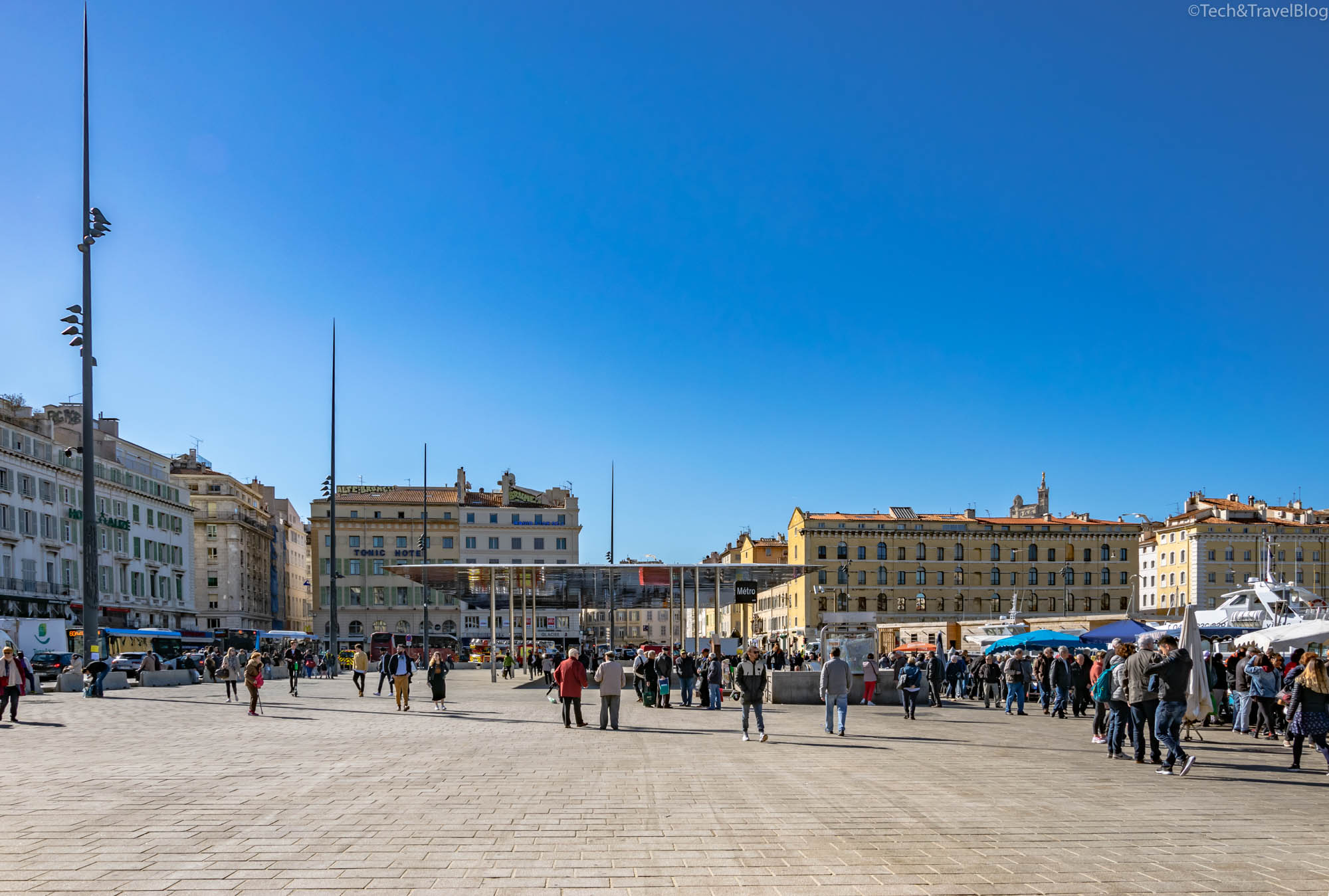
Although it is one of the oldest cities in France, it is a cosmopolitan place that has a lot to offer: multiculturalism, ancient history, colorful heritage and last but not least the gorgeous landscapes, especially those offered by the clear blue of the Mediterranean and the refreshing breeze.
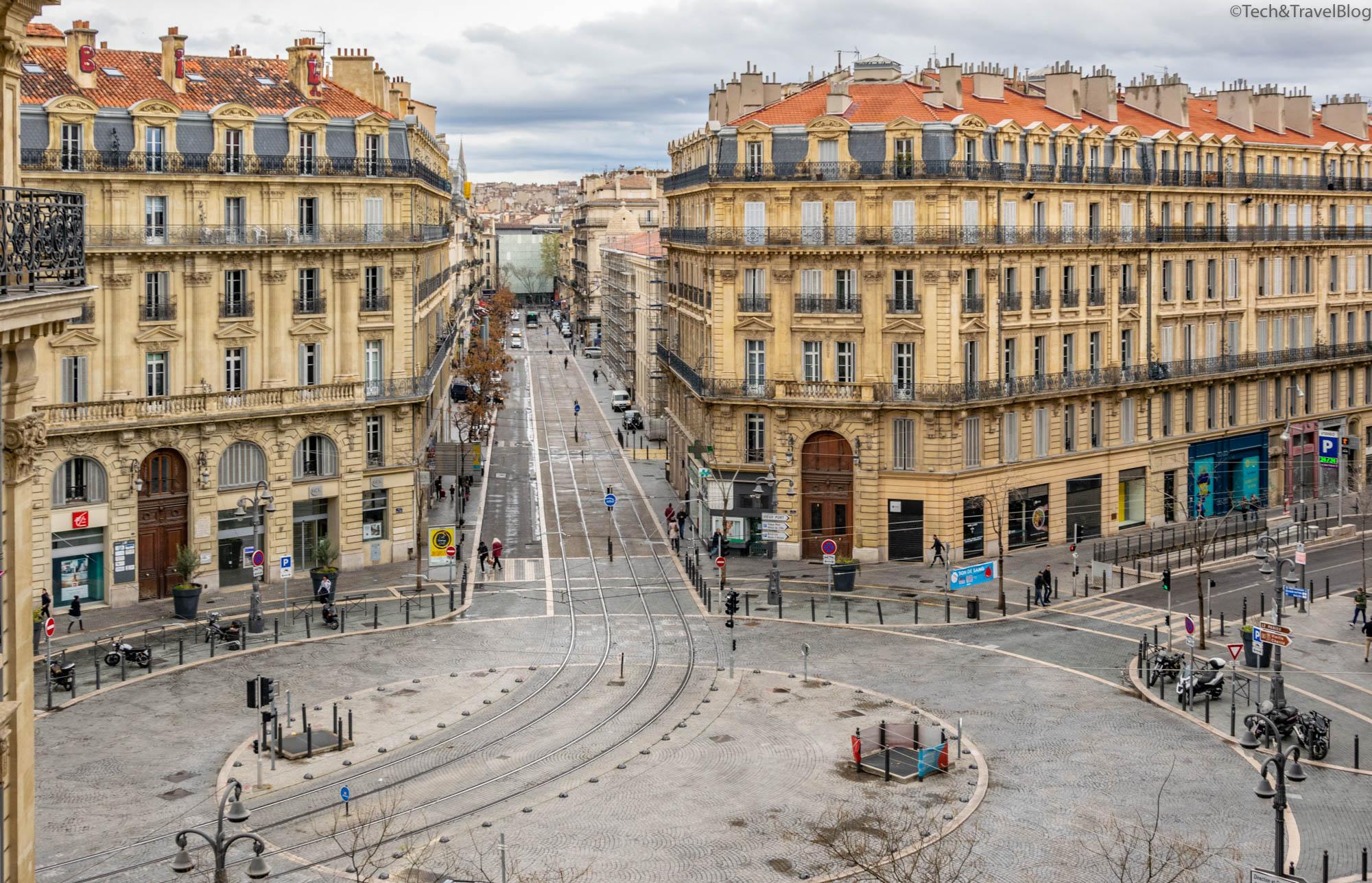
If you’re just passing through, a day is enough to explore the city’s iconic sights.
(Marseille – April 2019)

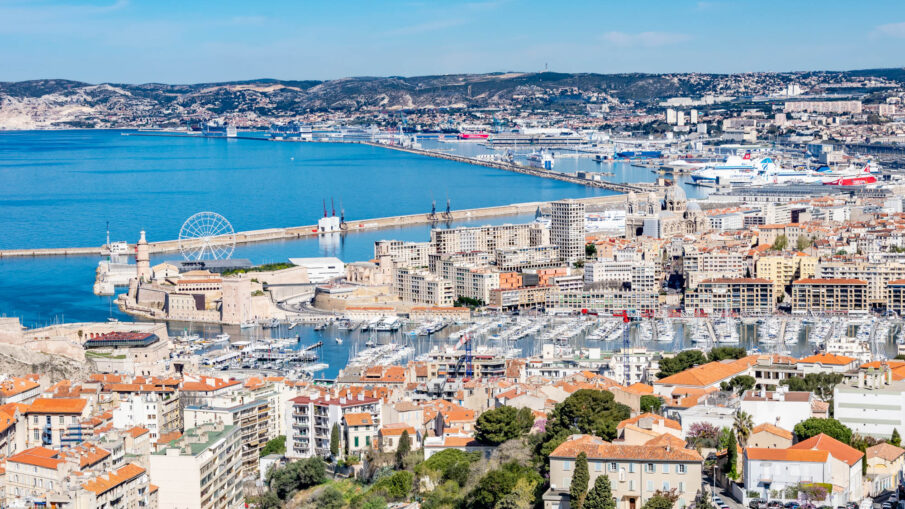
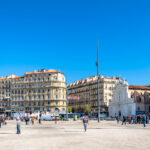
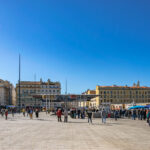
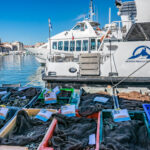
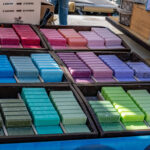
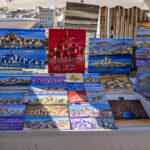
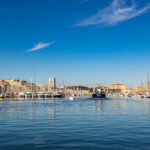


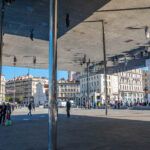
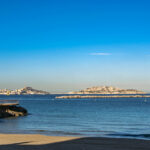
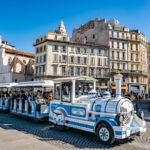
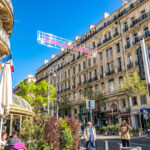
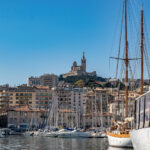
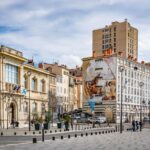
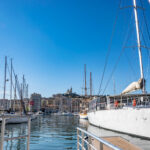
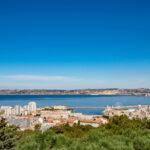
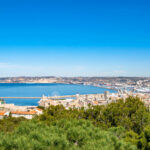
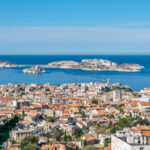
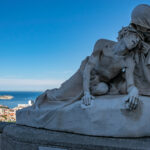
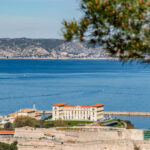
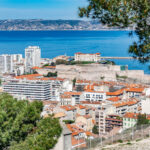
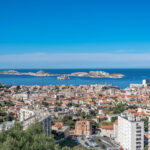
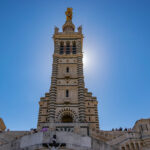
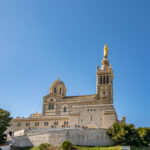
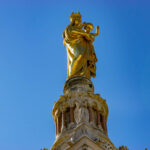
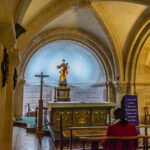
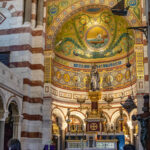
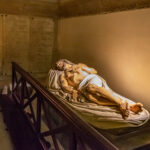
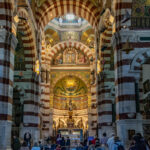
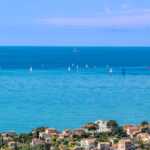
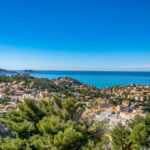
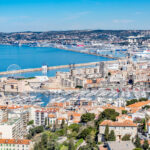
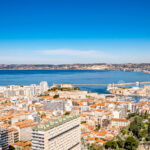
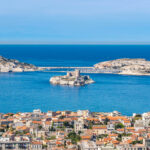
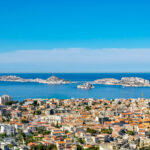
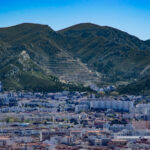
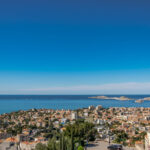
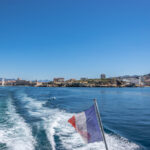
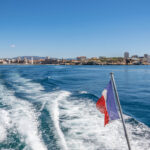
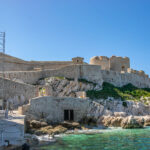
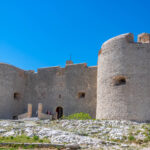

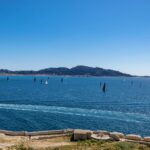
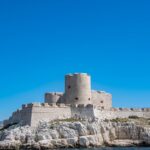
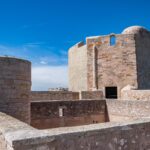
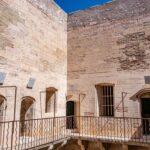
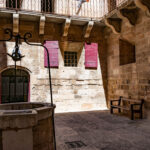
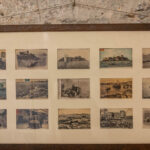
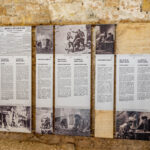
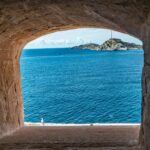
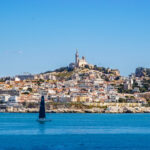
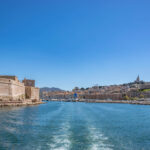
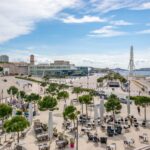
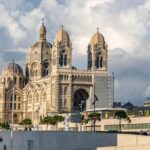
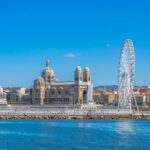
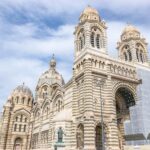
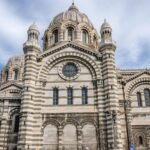
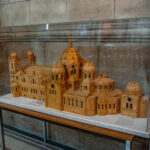
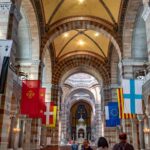
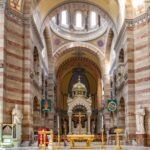
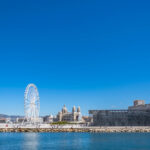
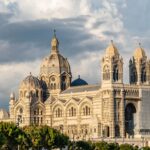
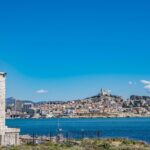
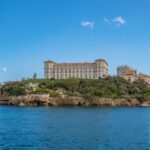
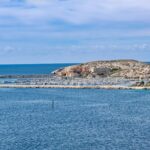
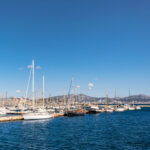




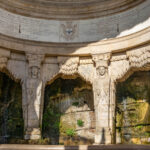


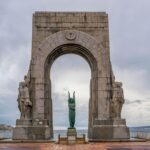
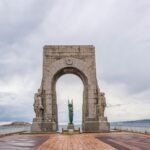
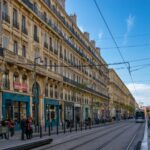
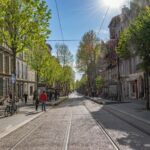
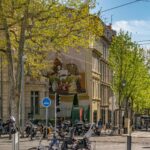
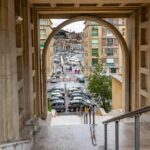
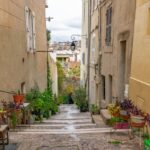
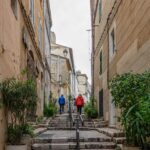
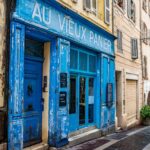
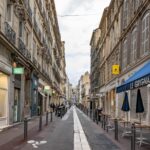
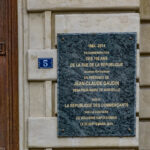


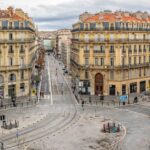
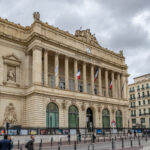
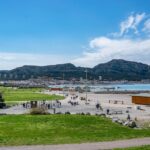
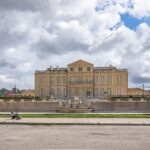
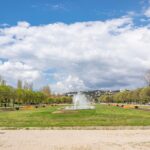

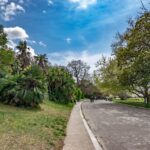
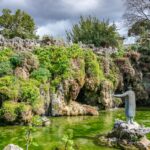
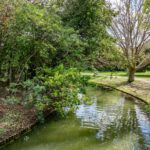



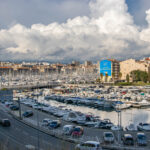
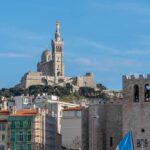
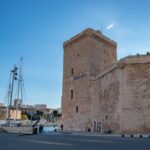

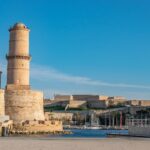
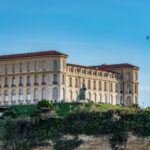
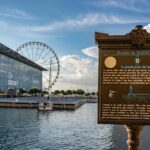
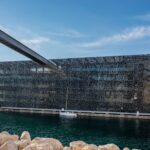
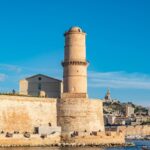
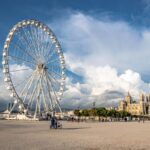
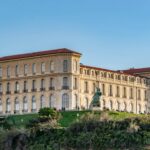
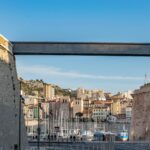
Leave a Reply